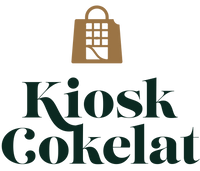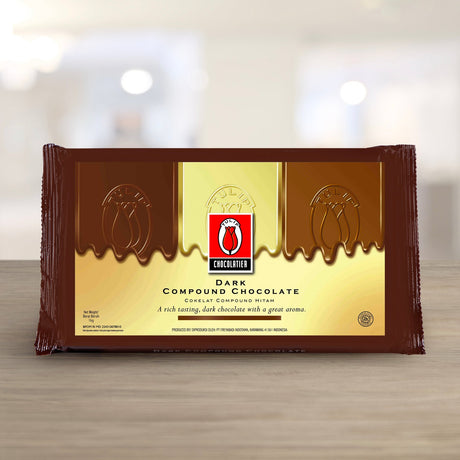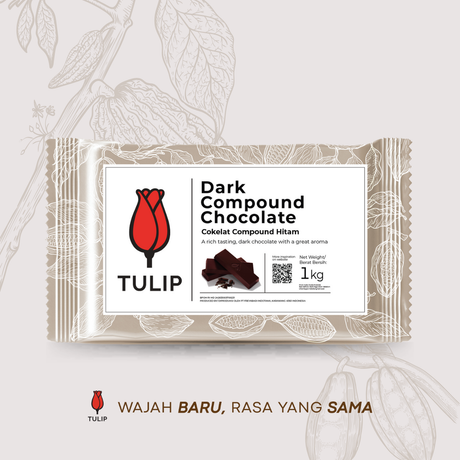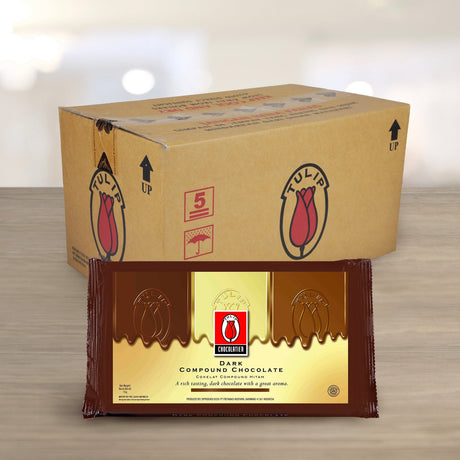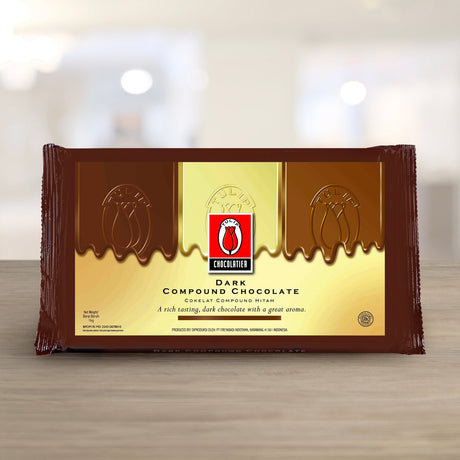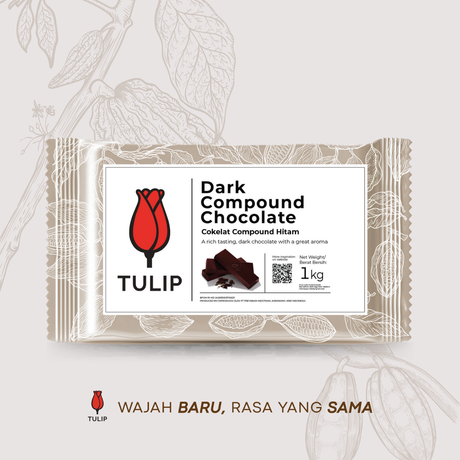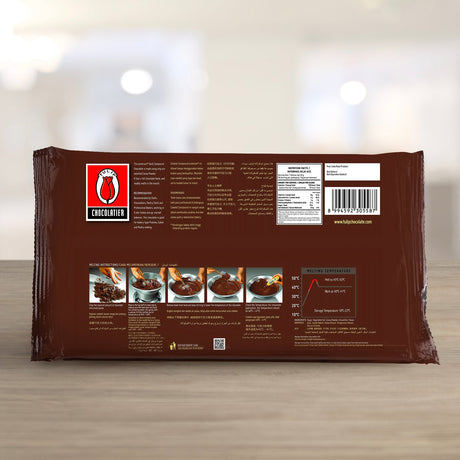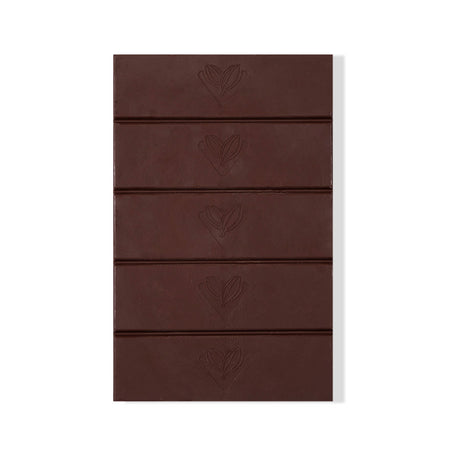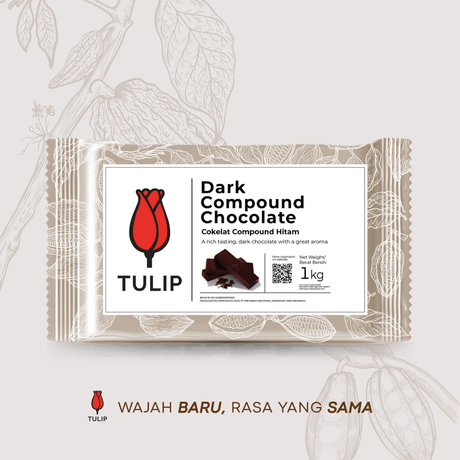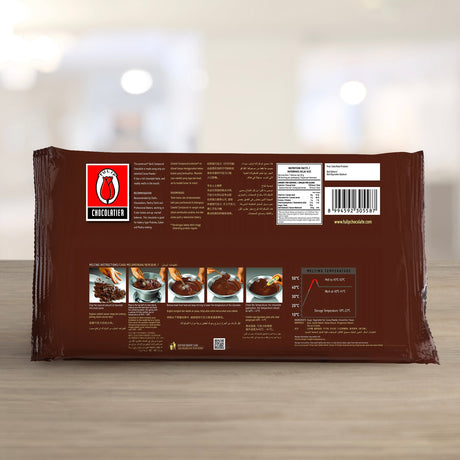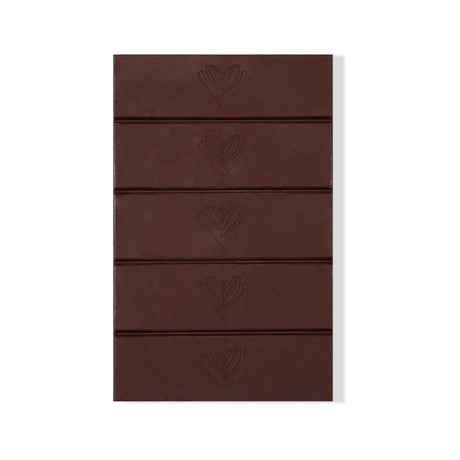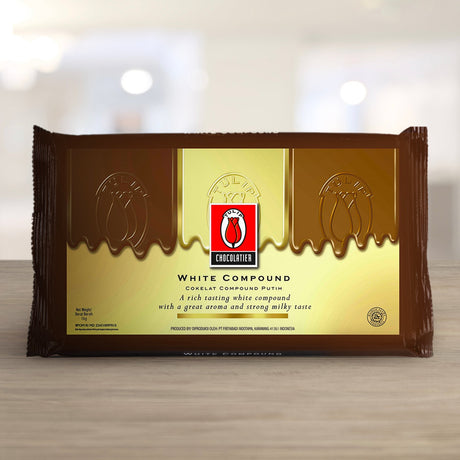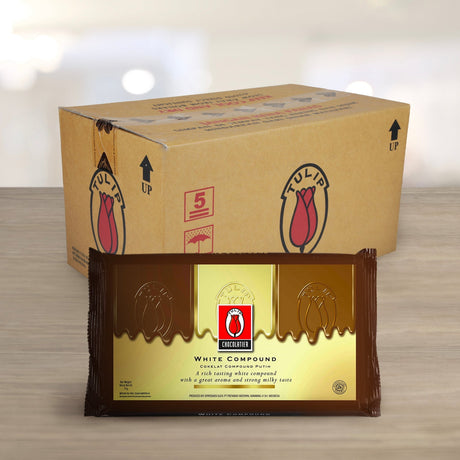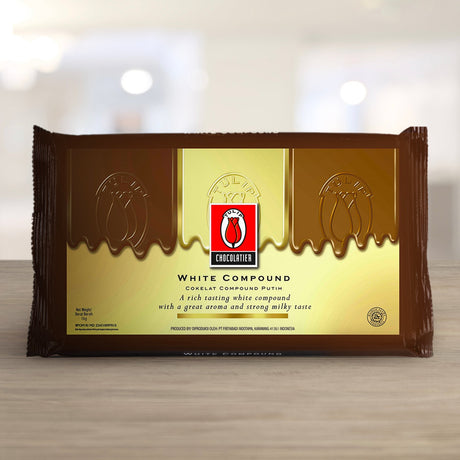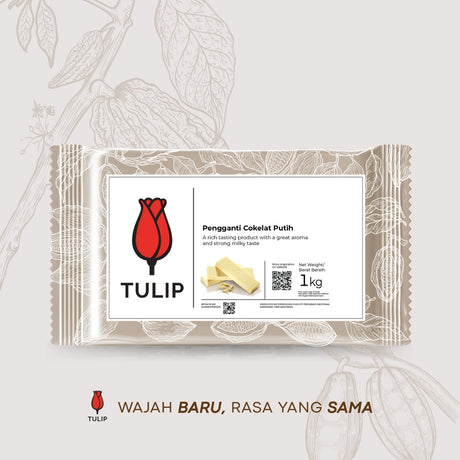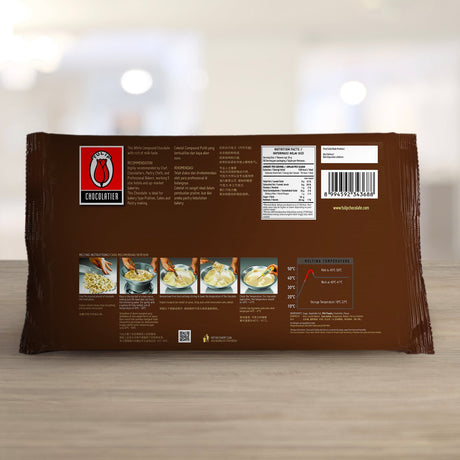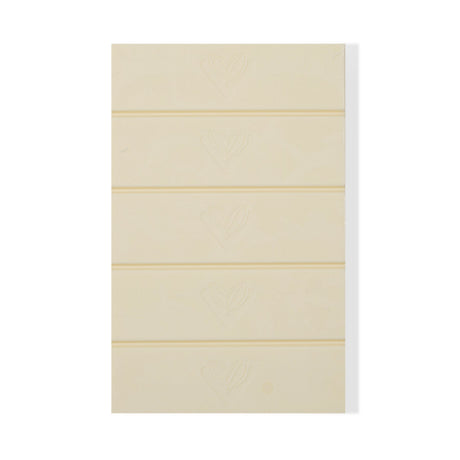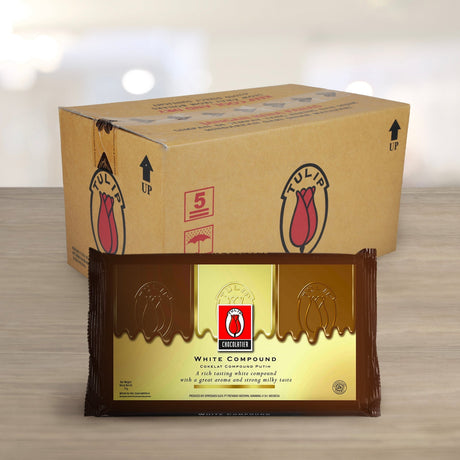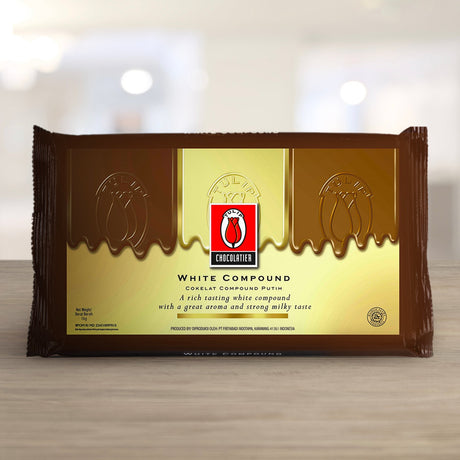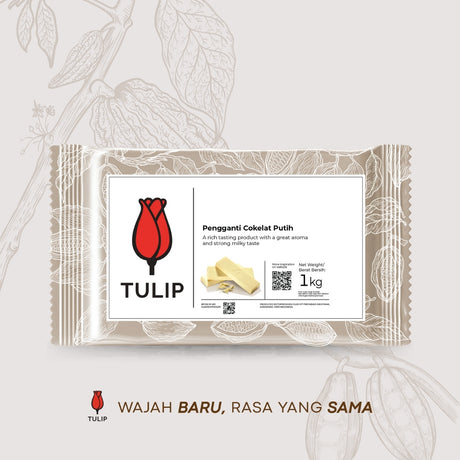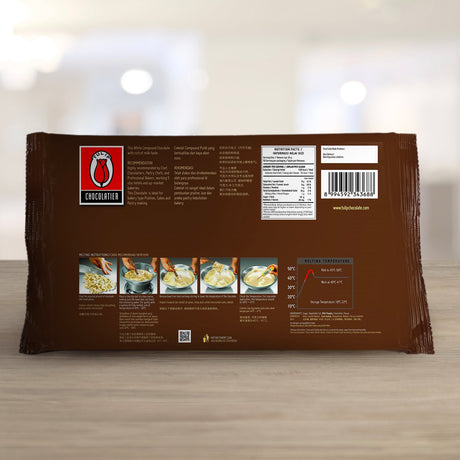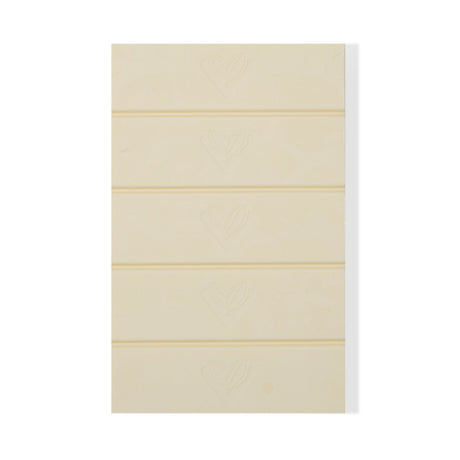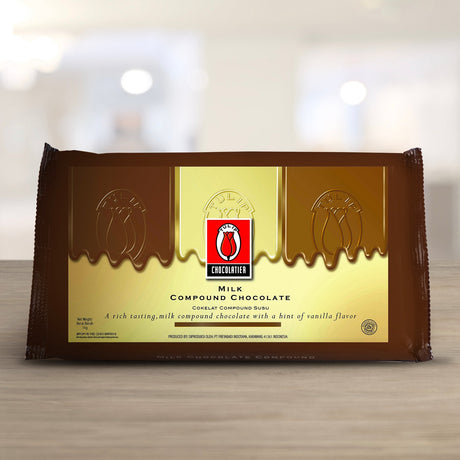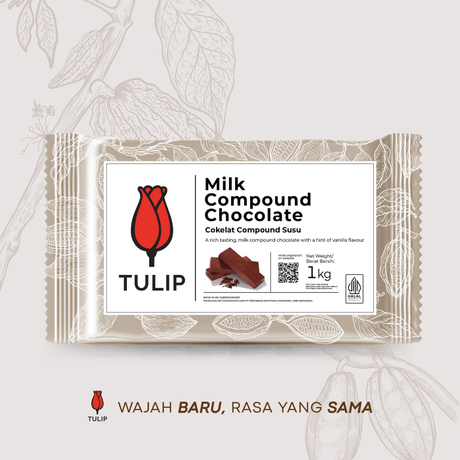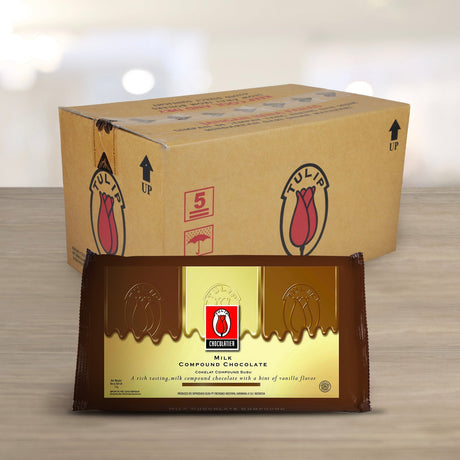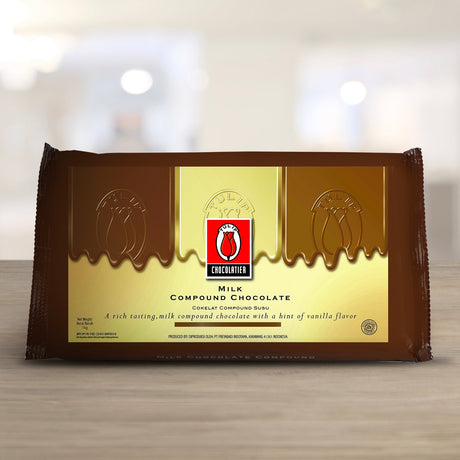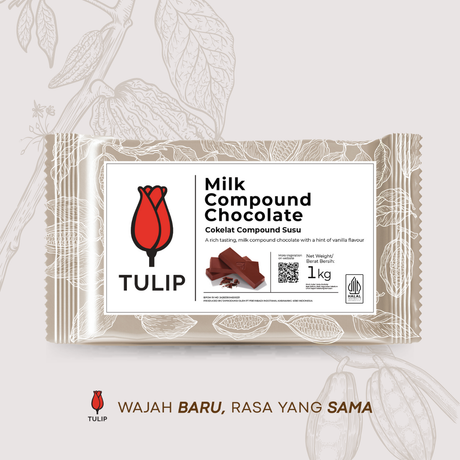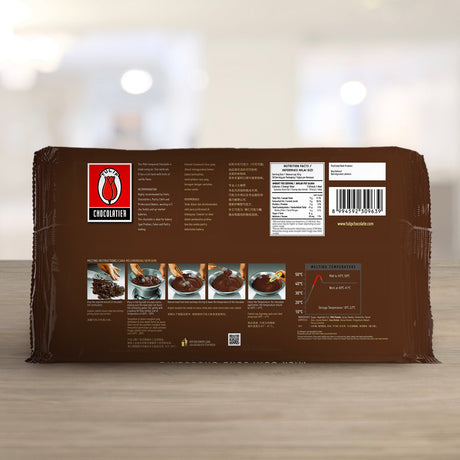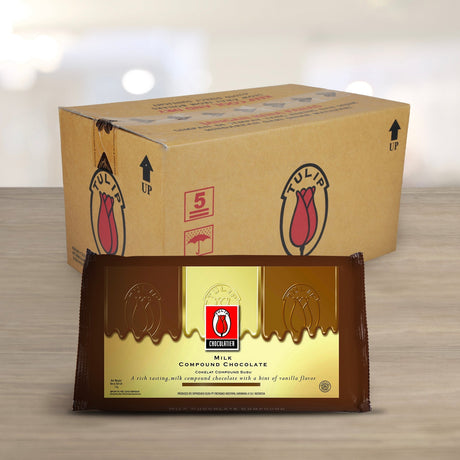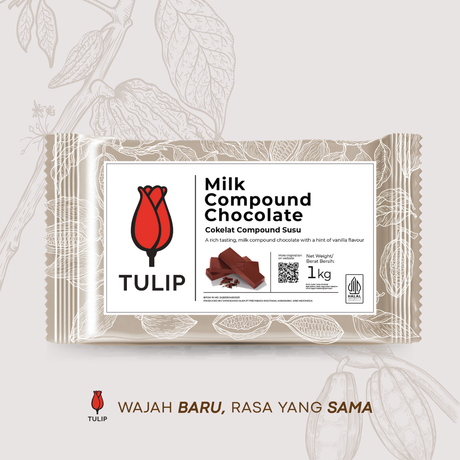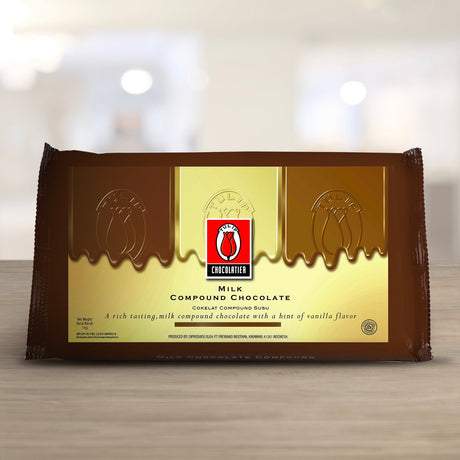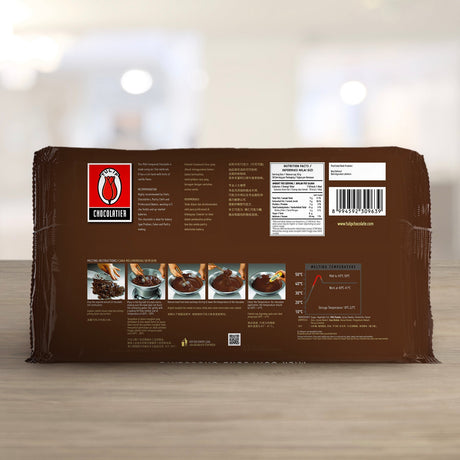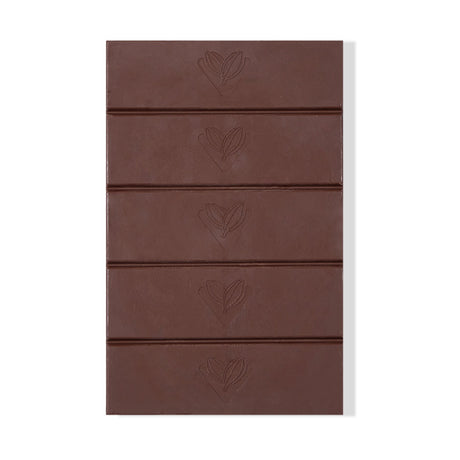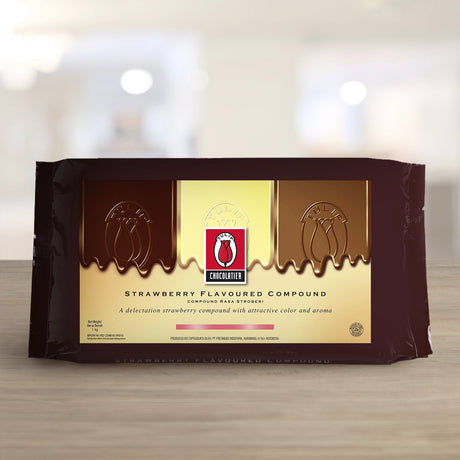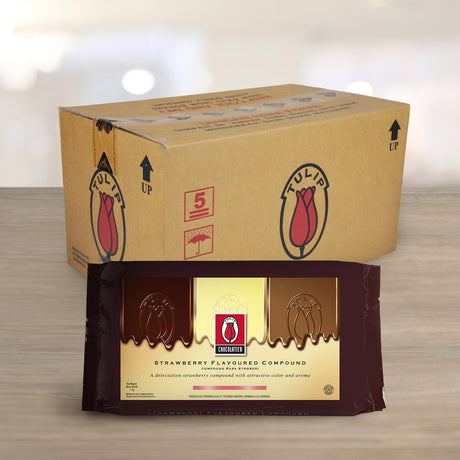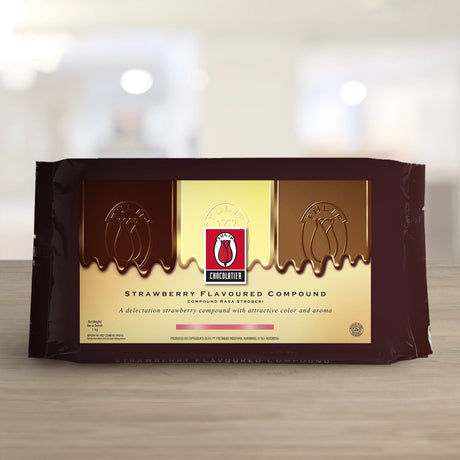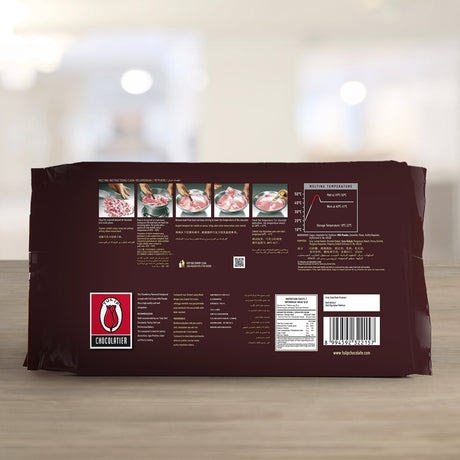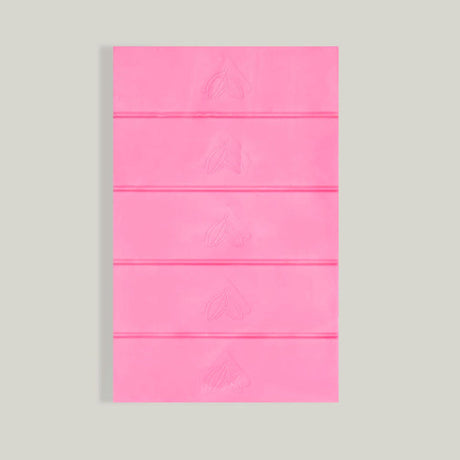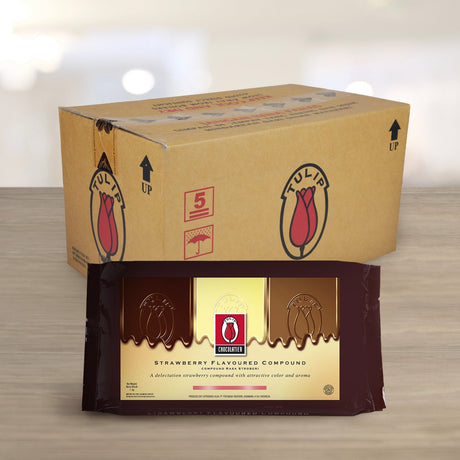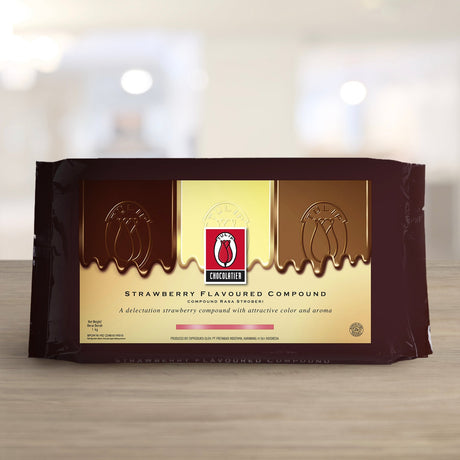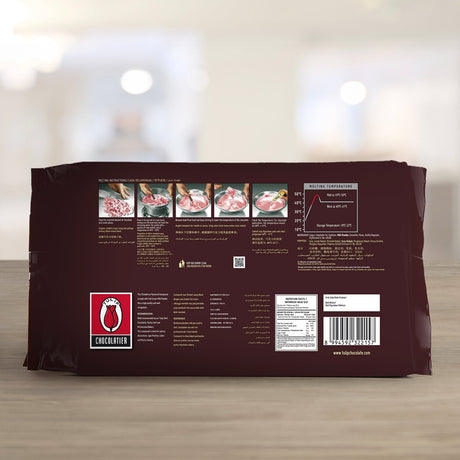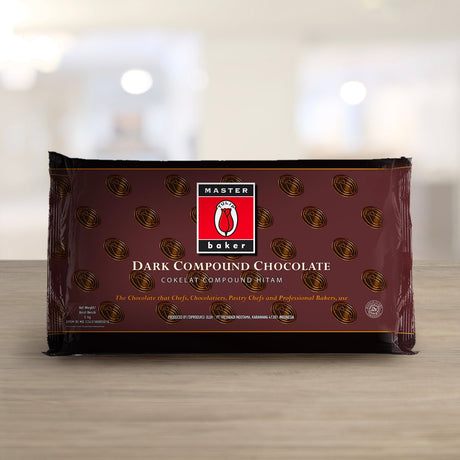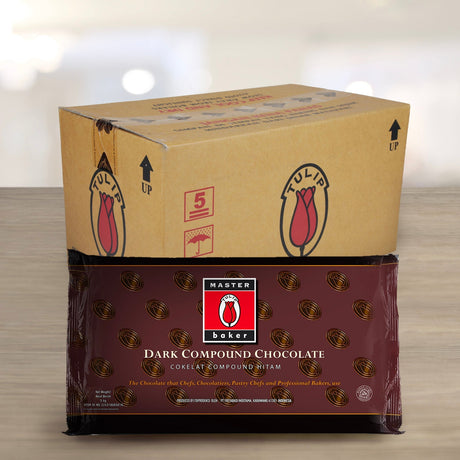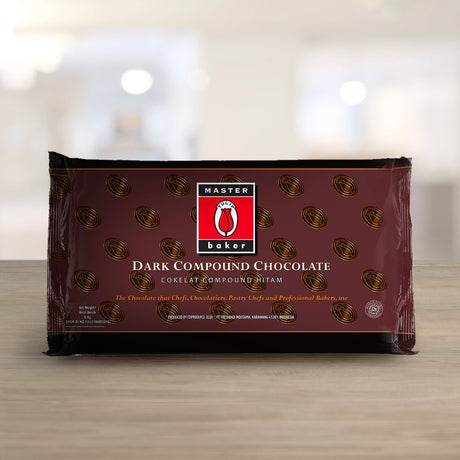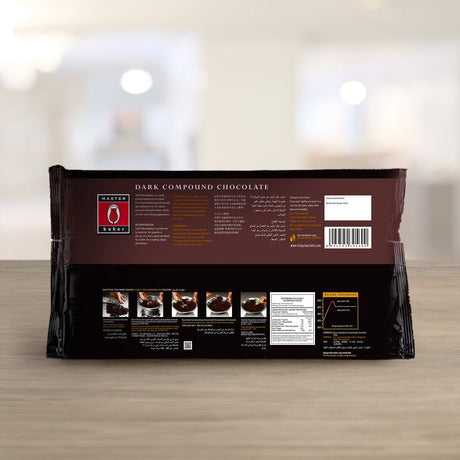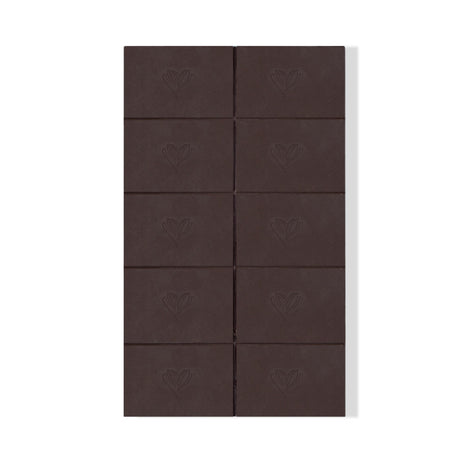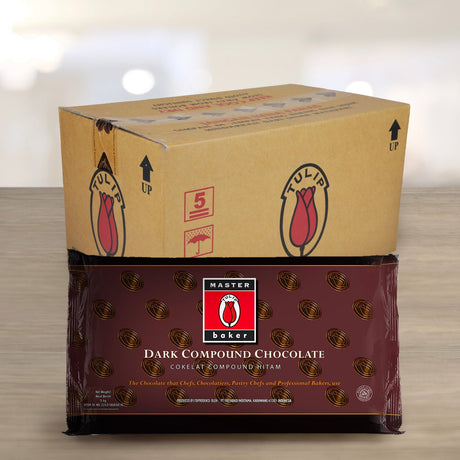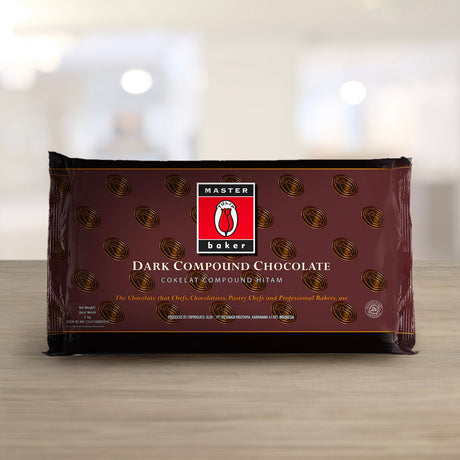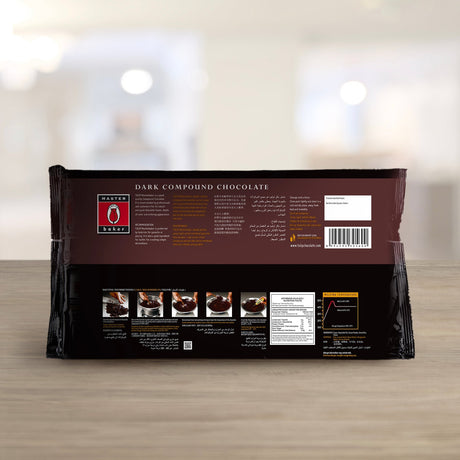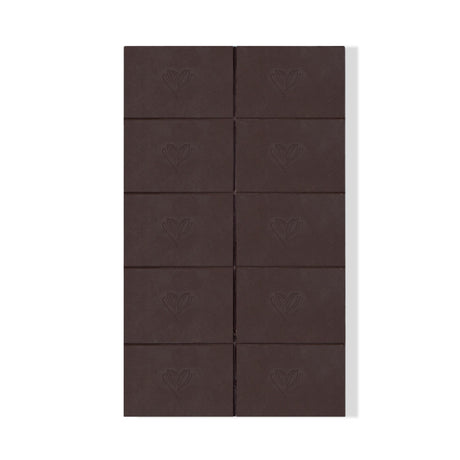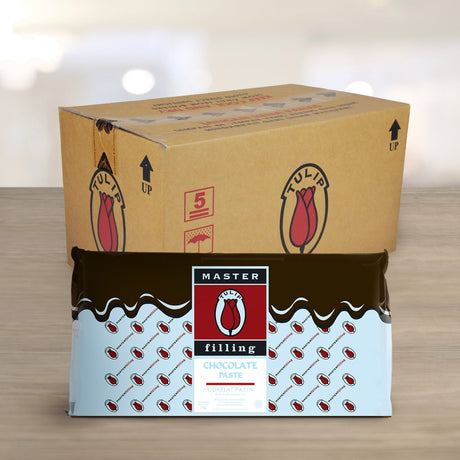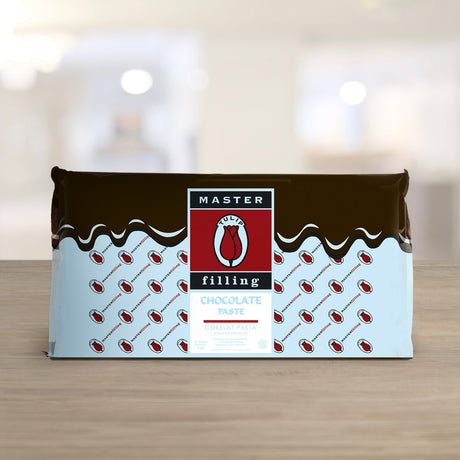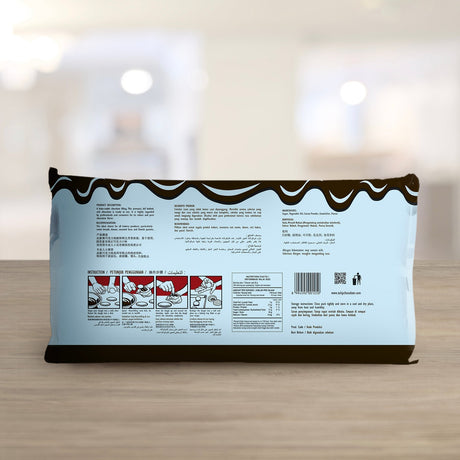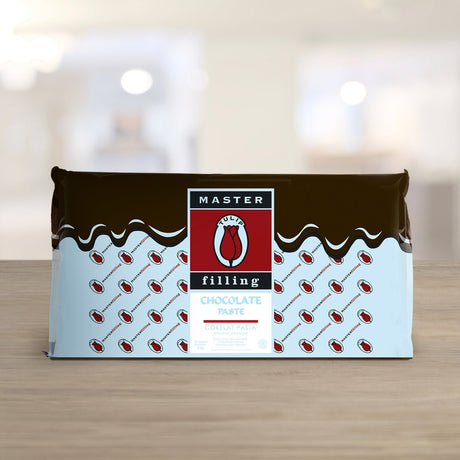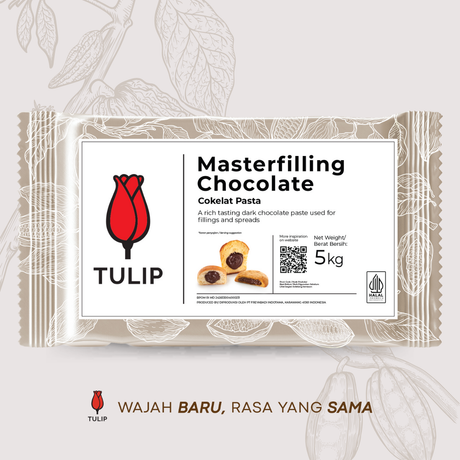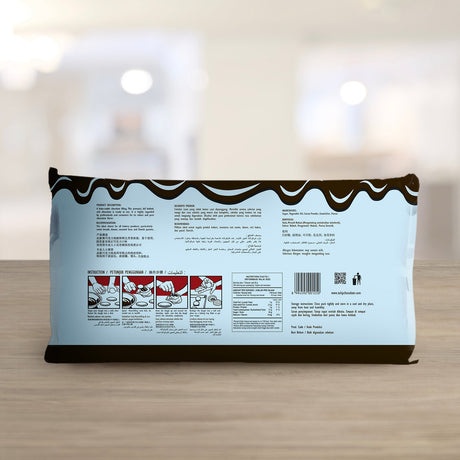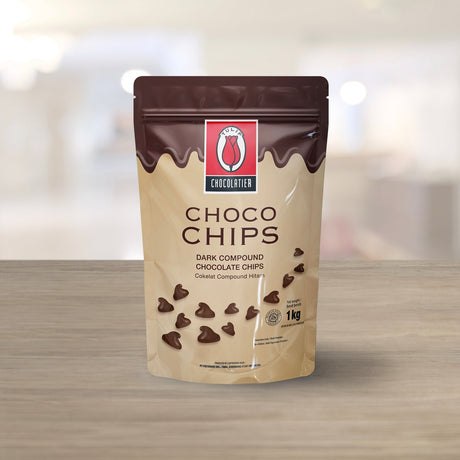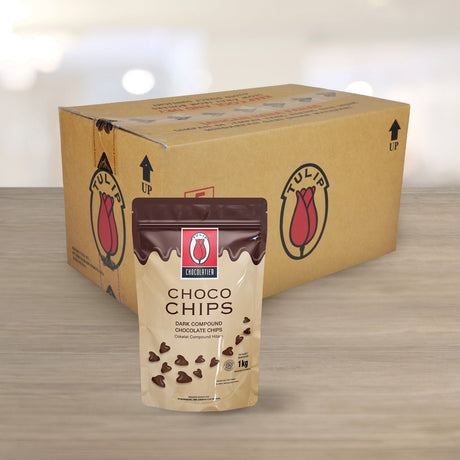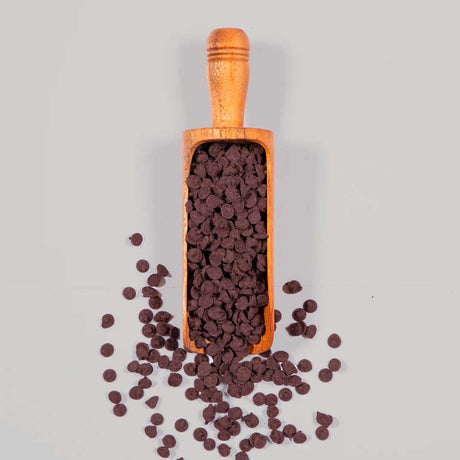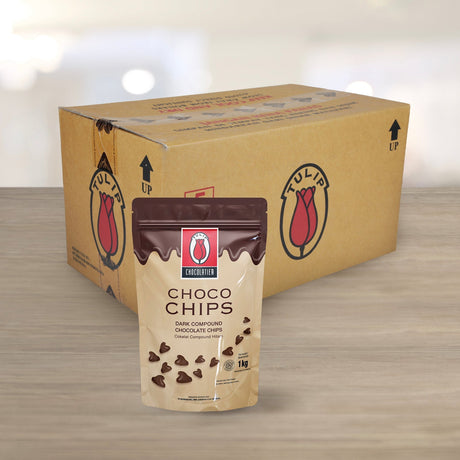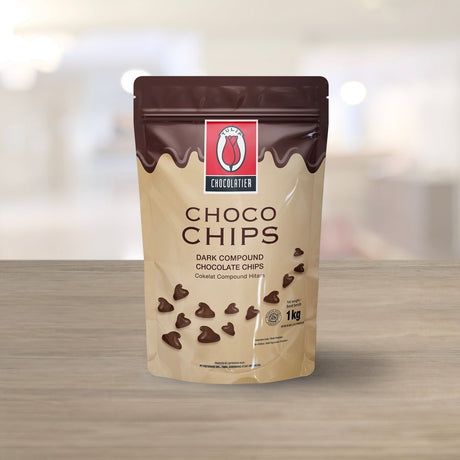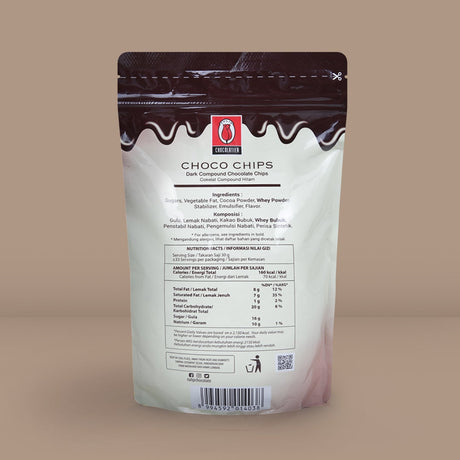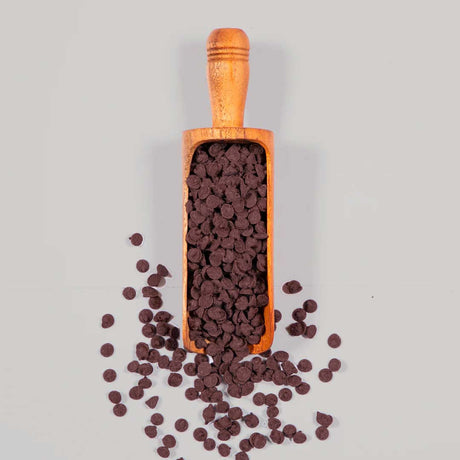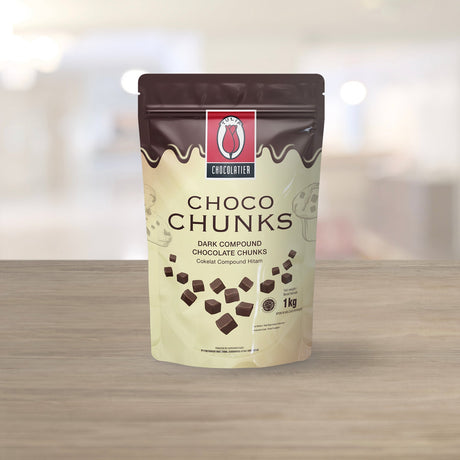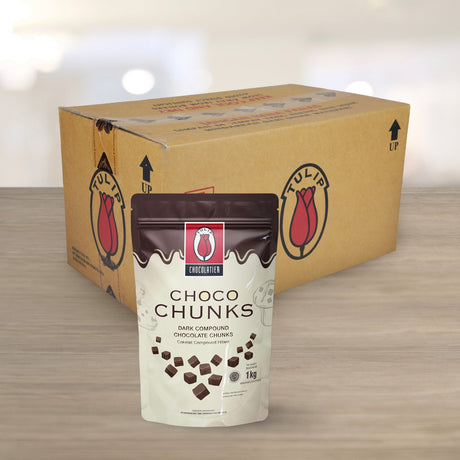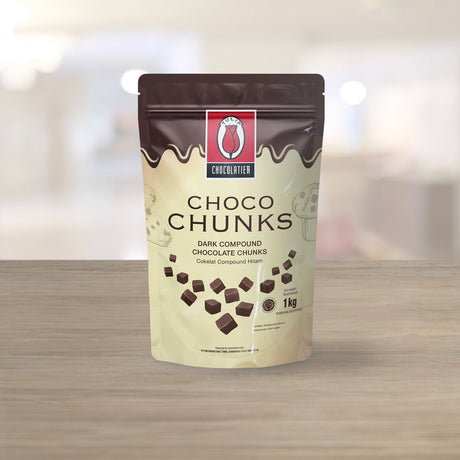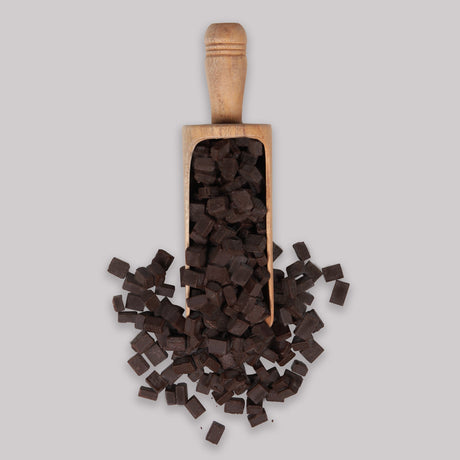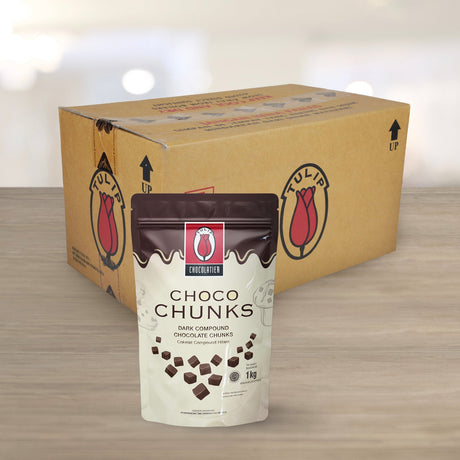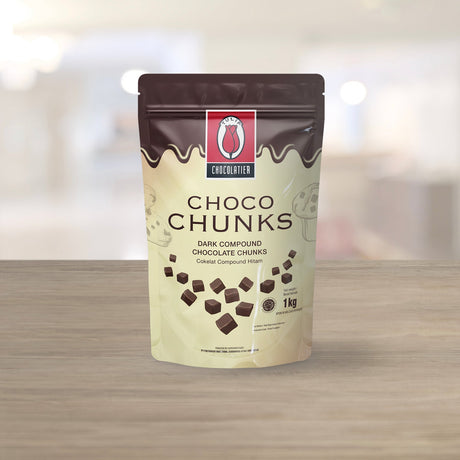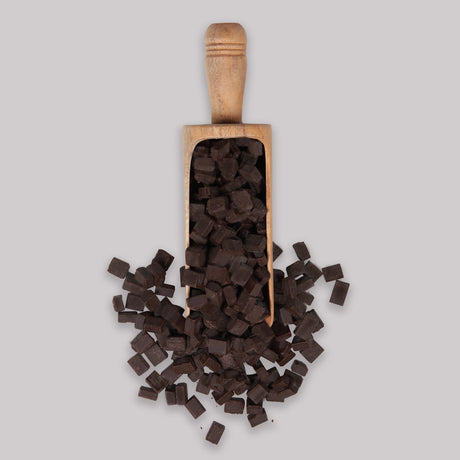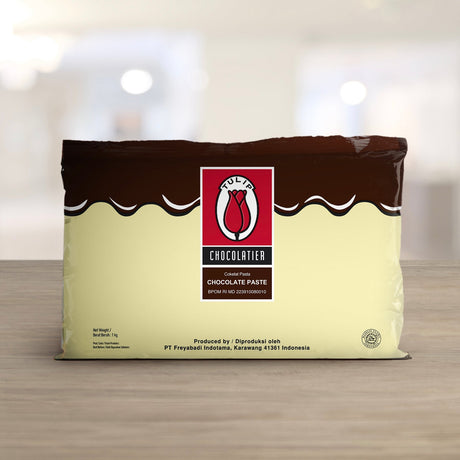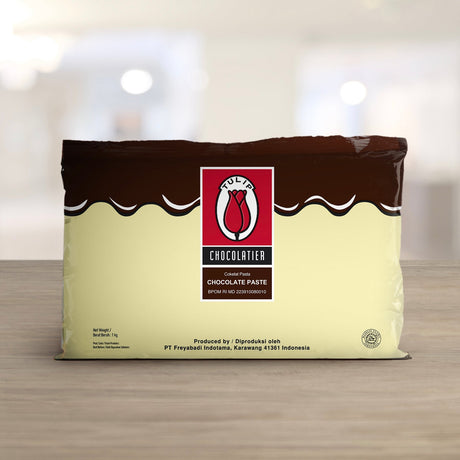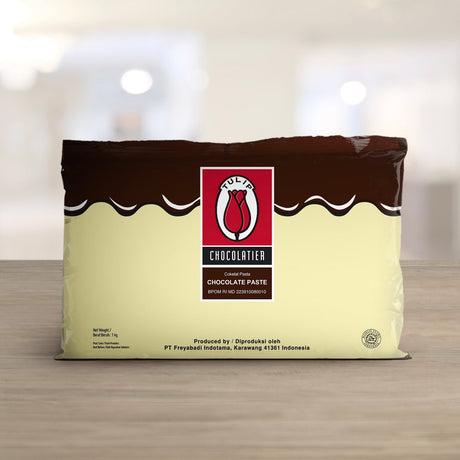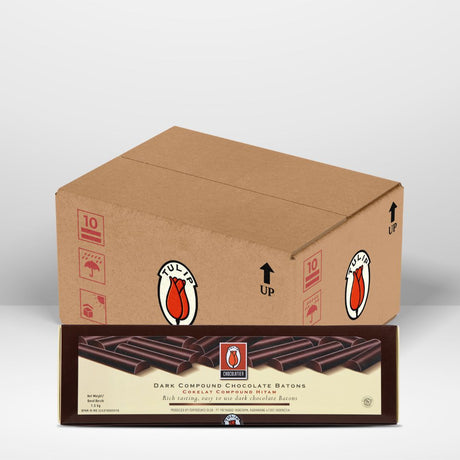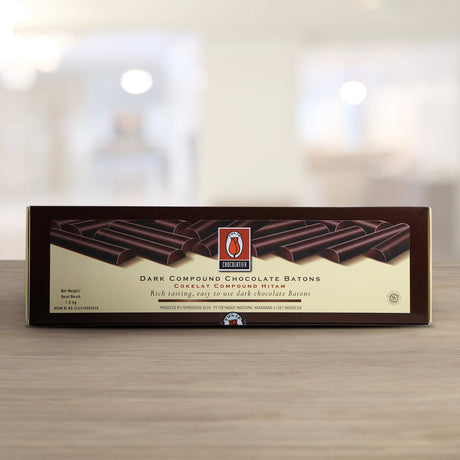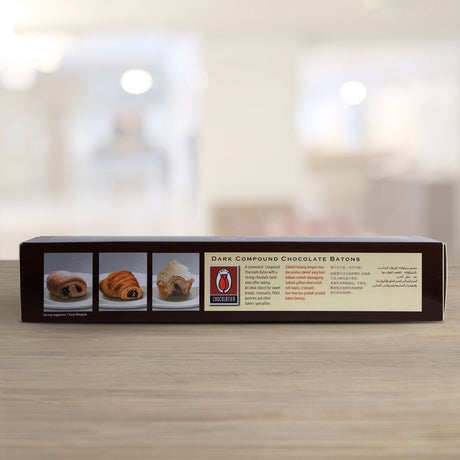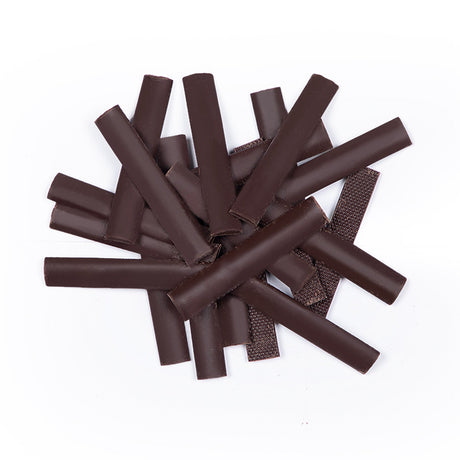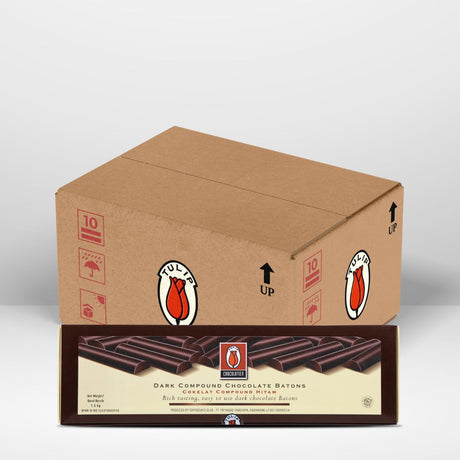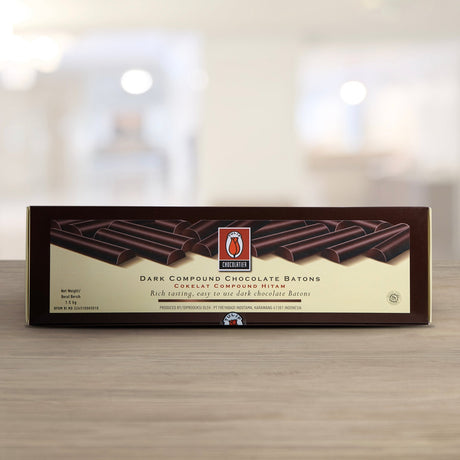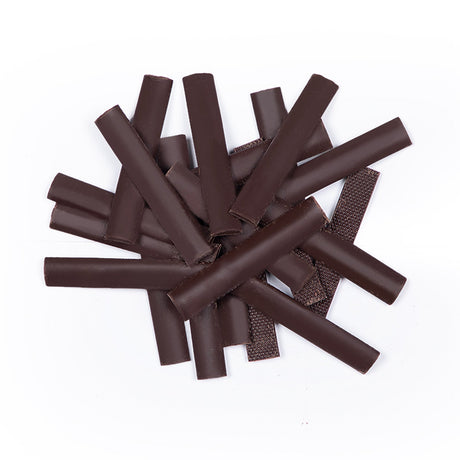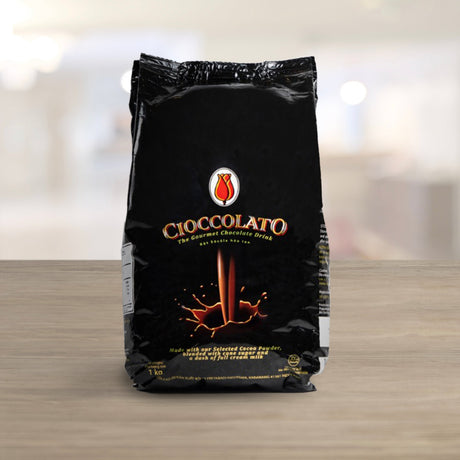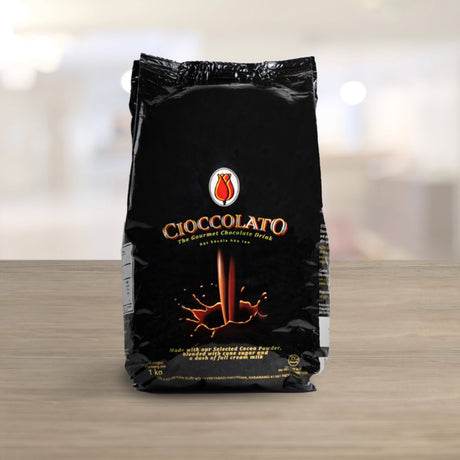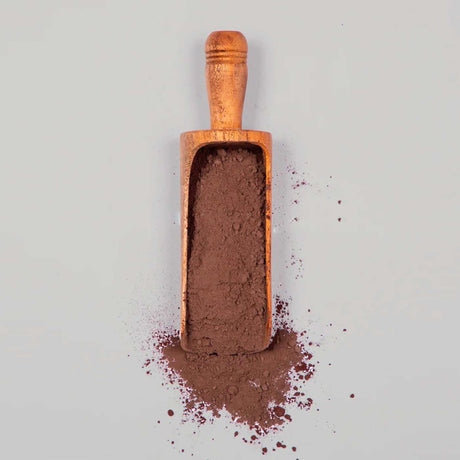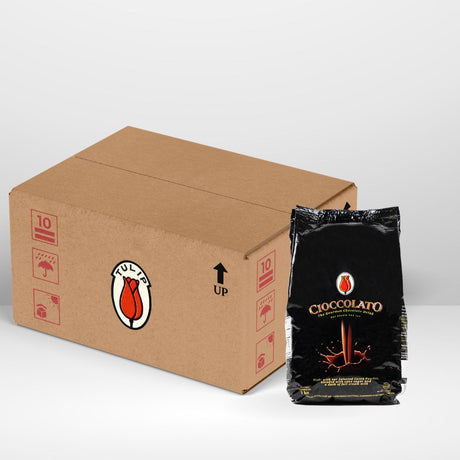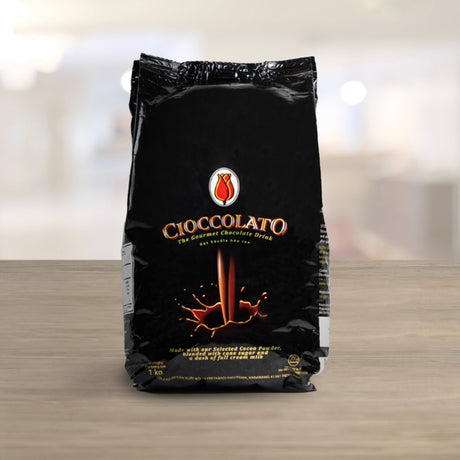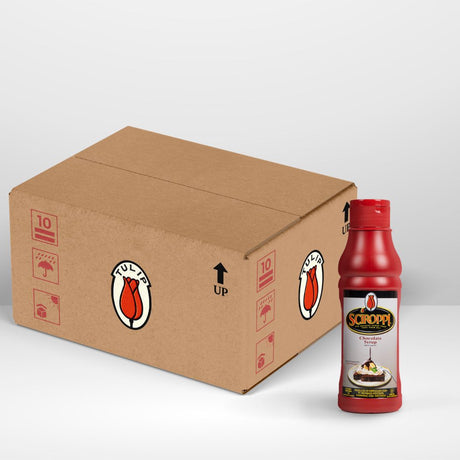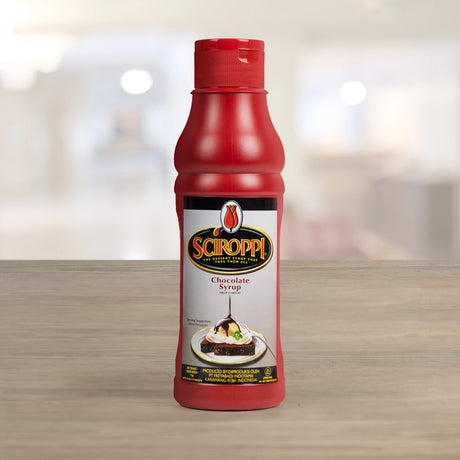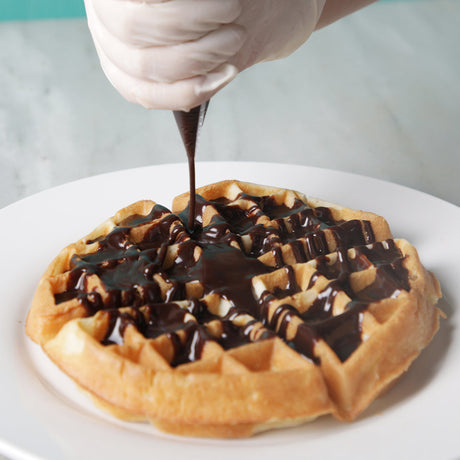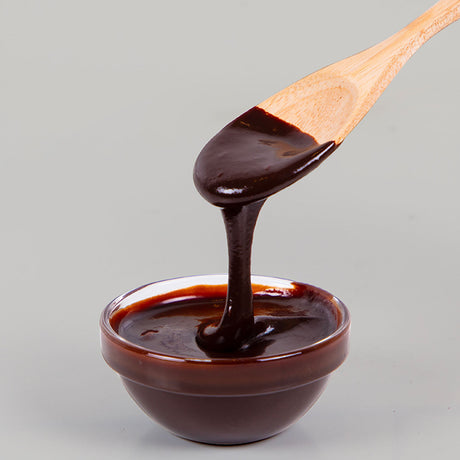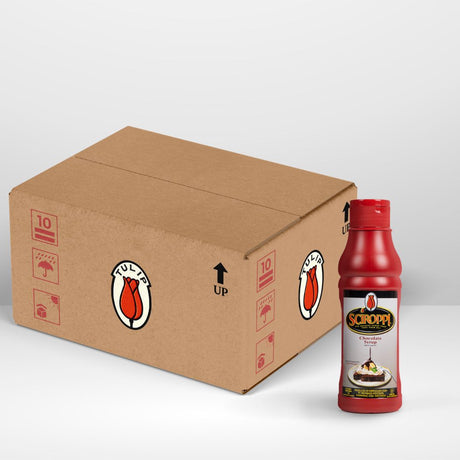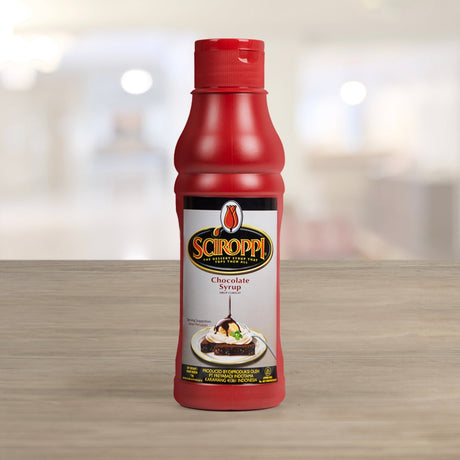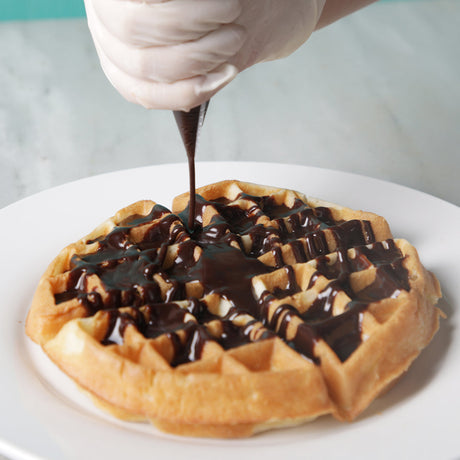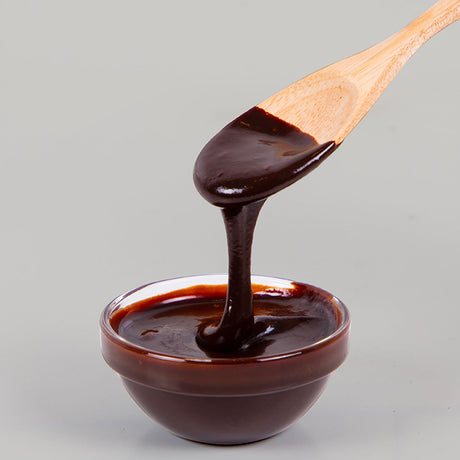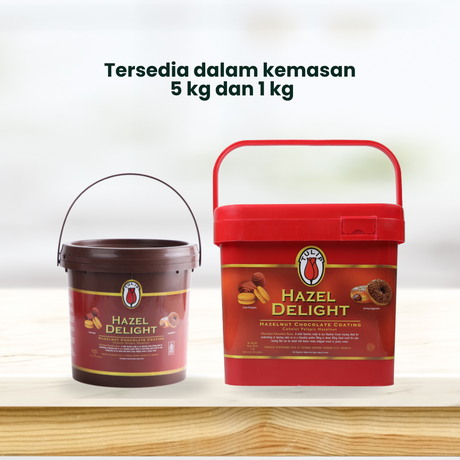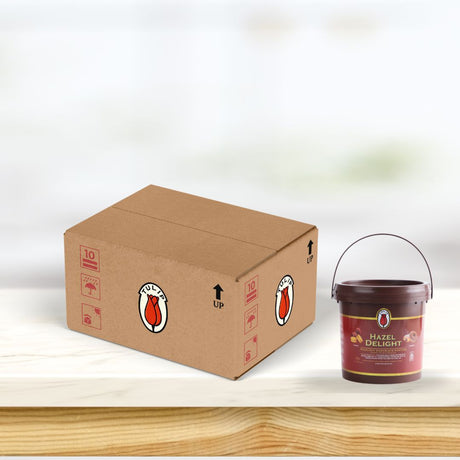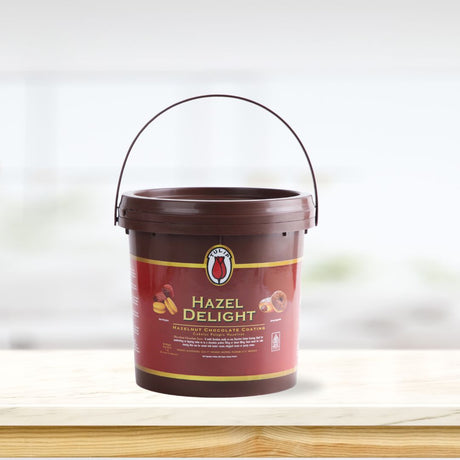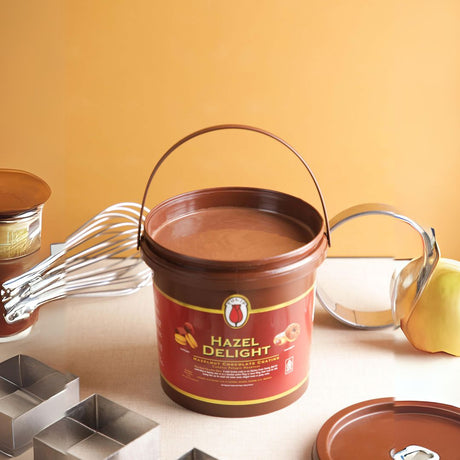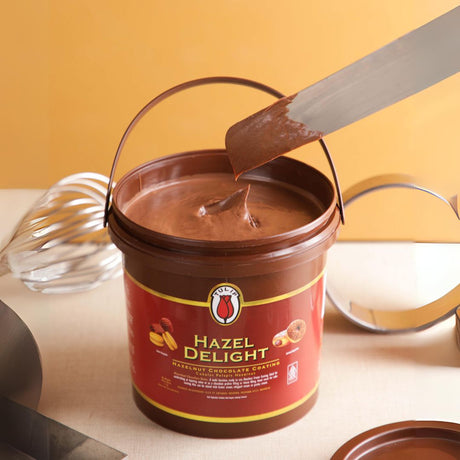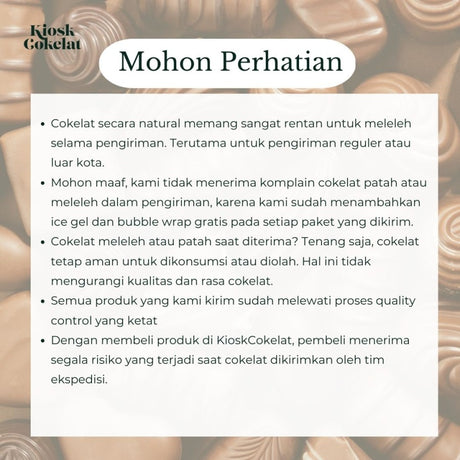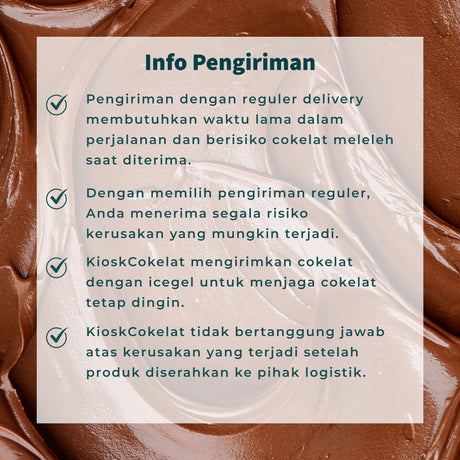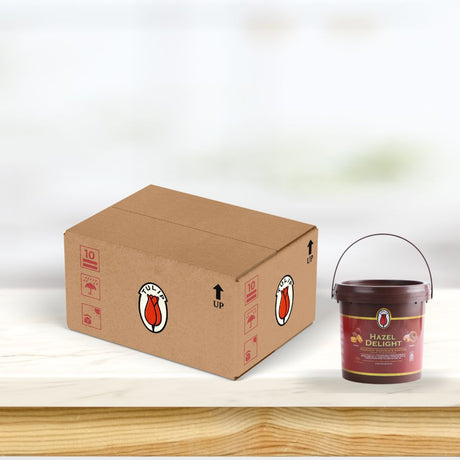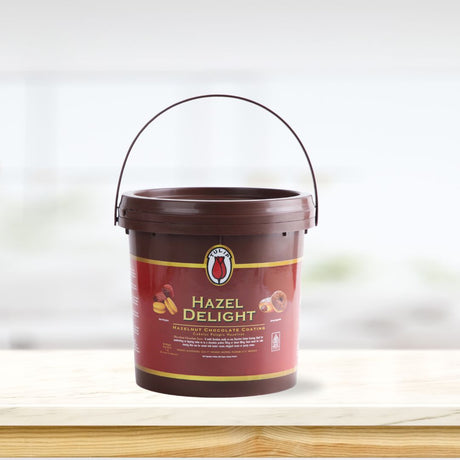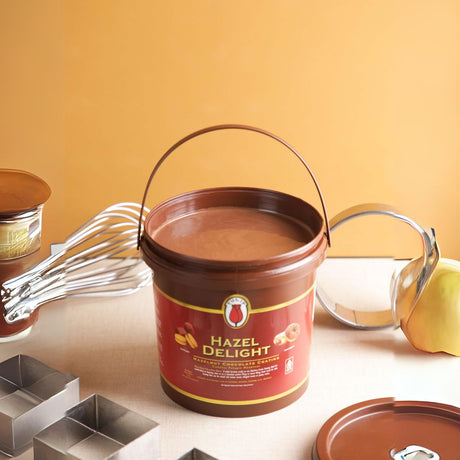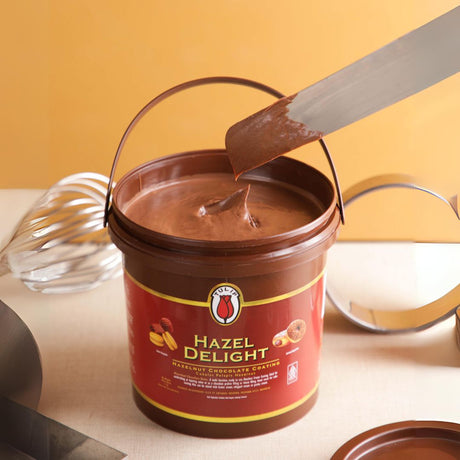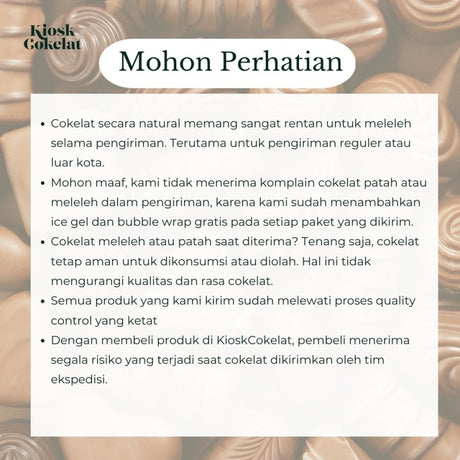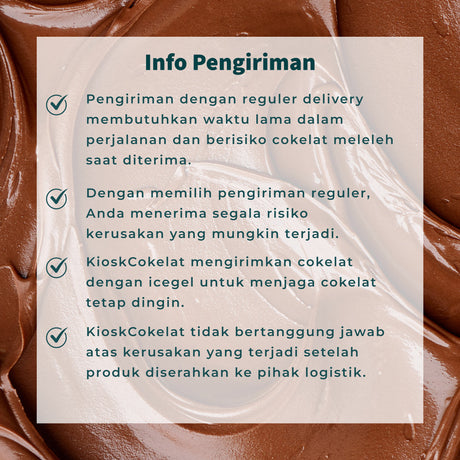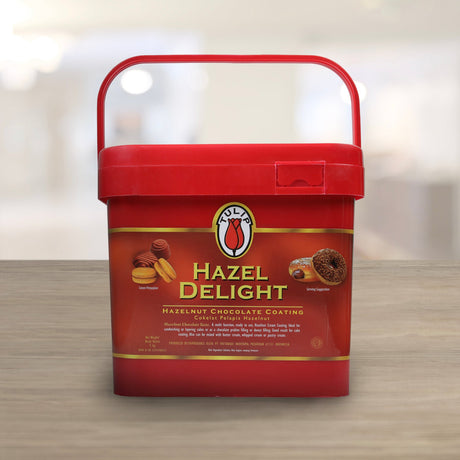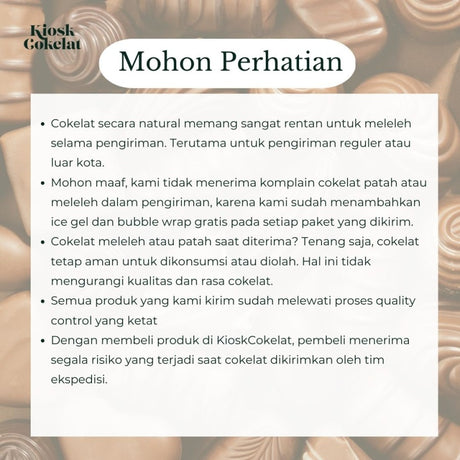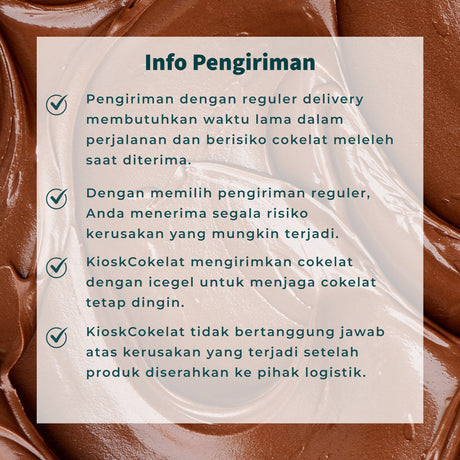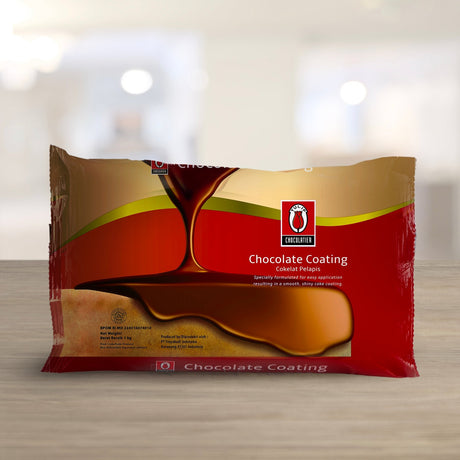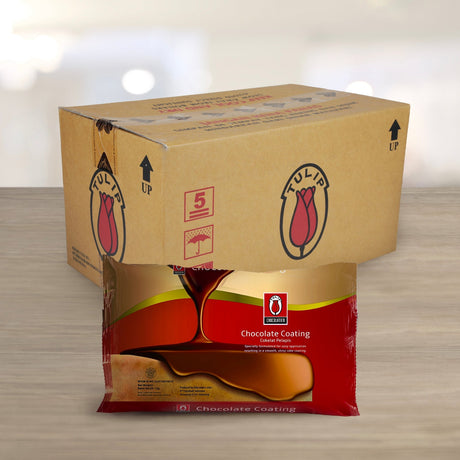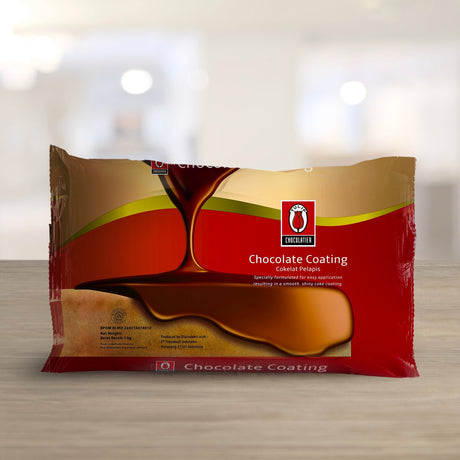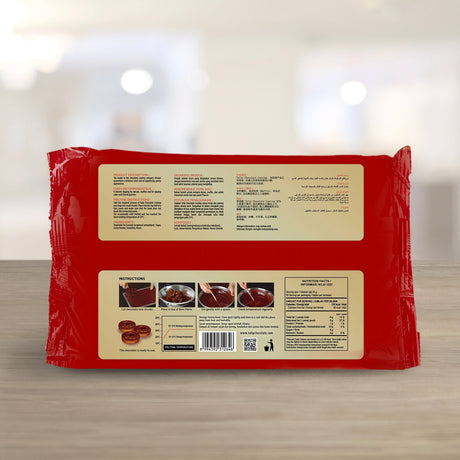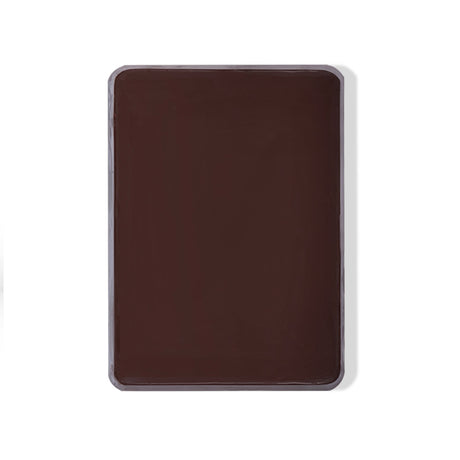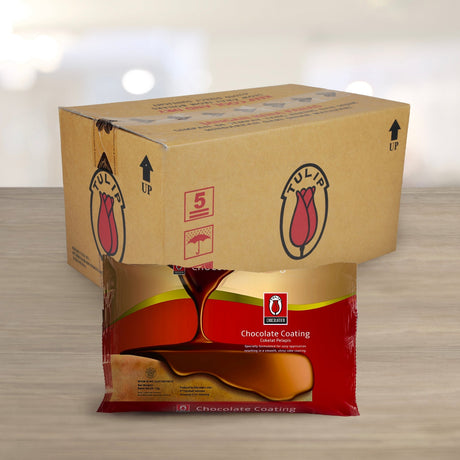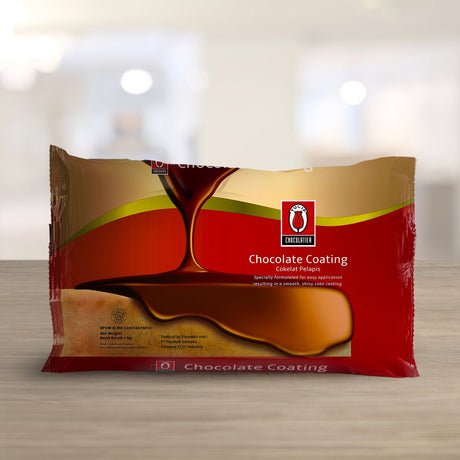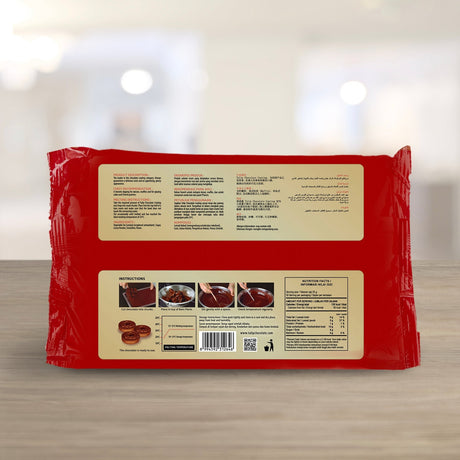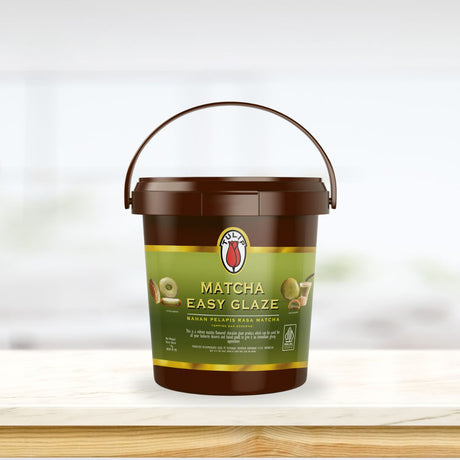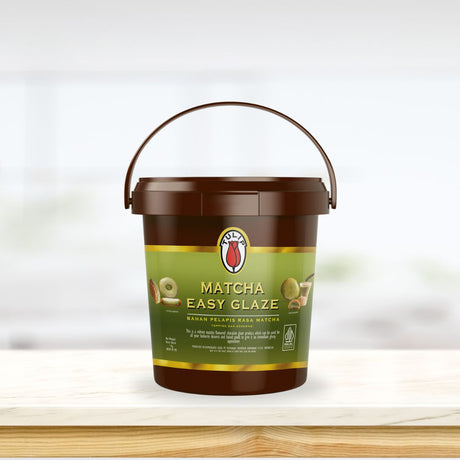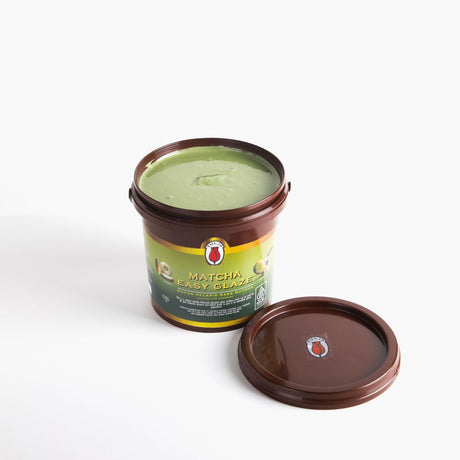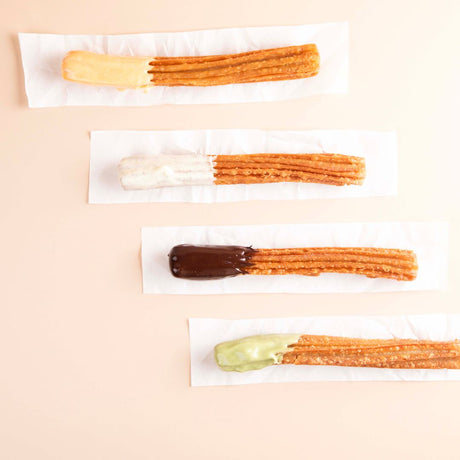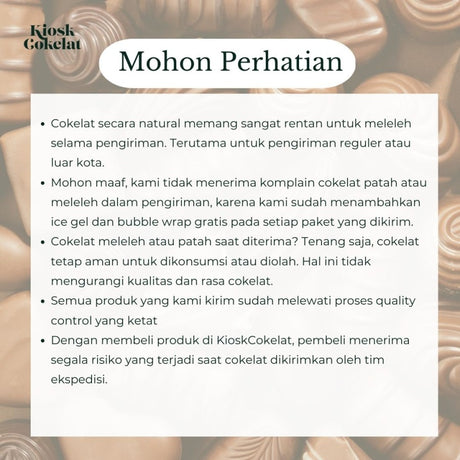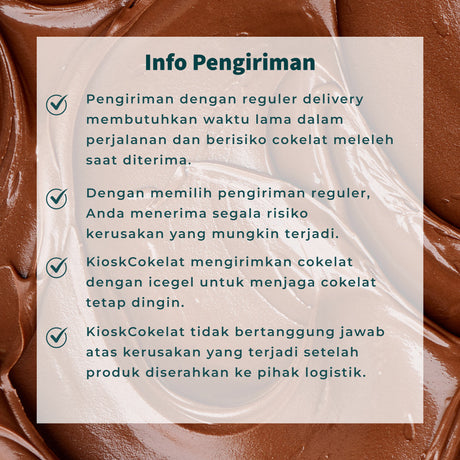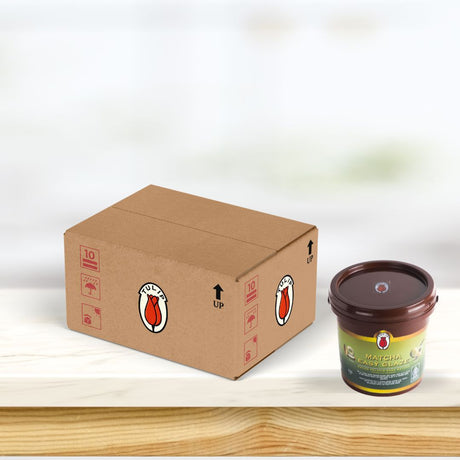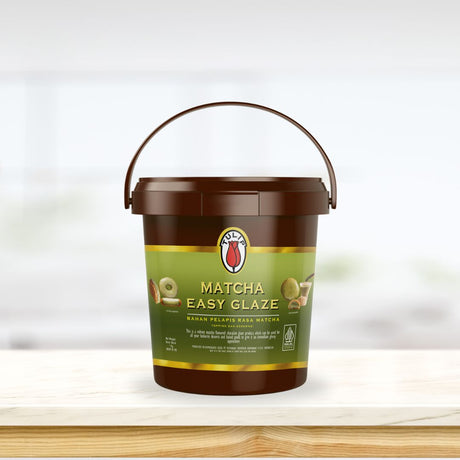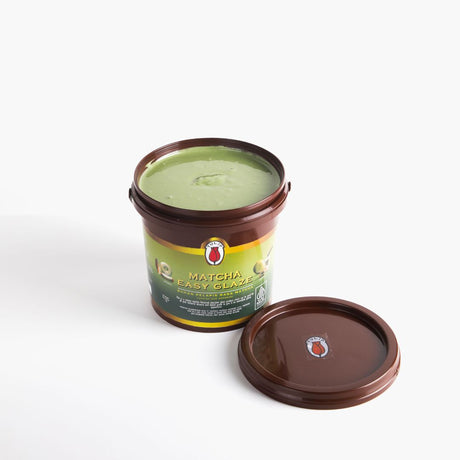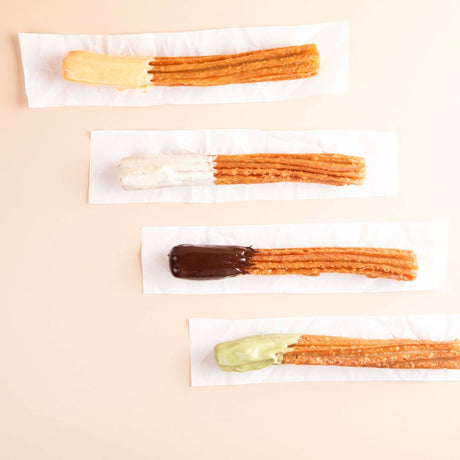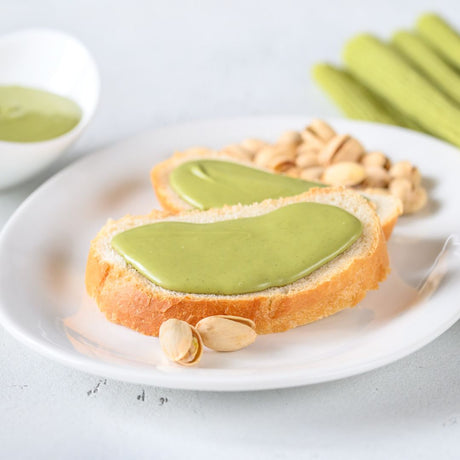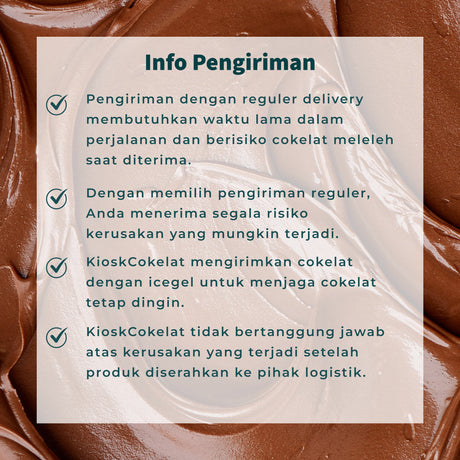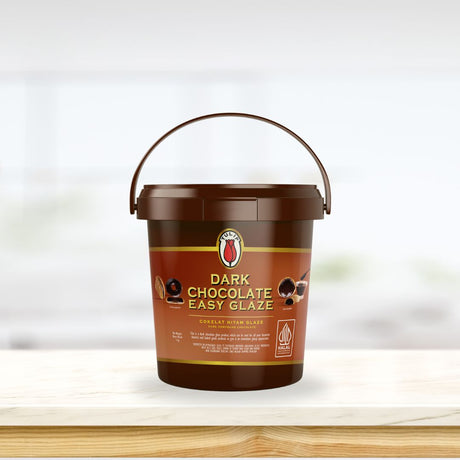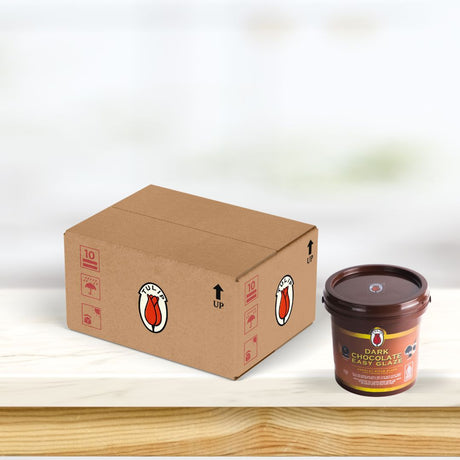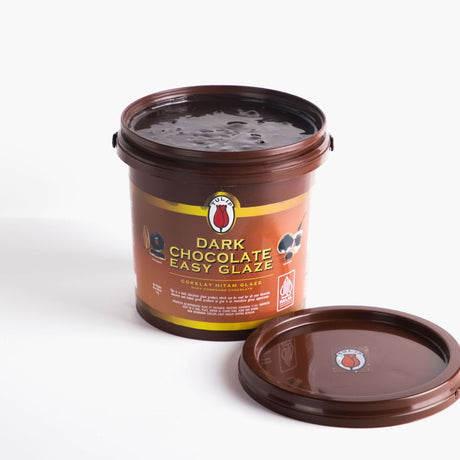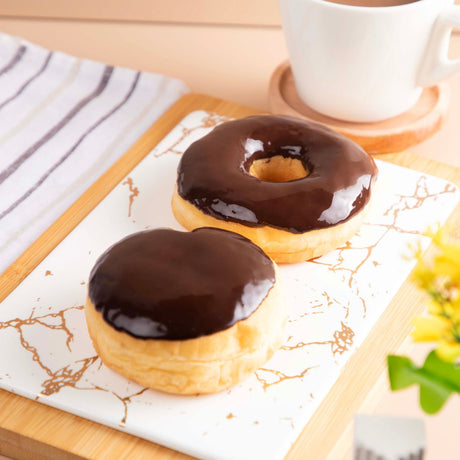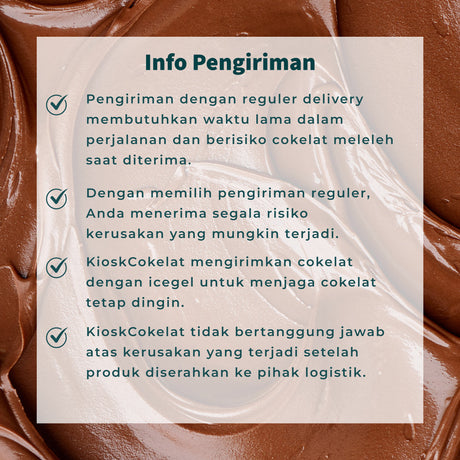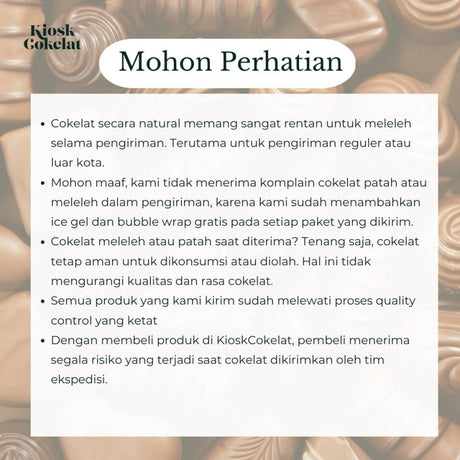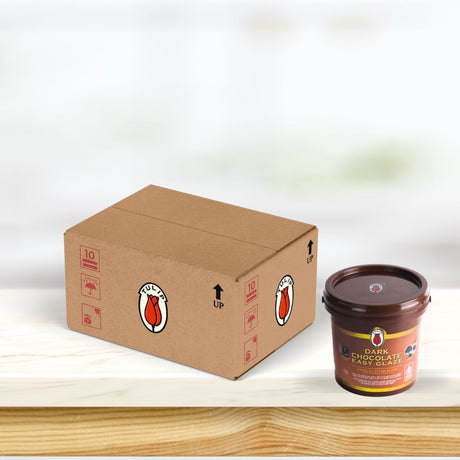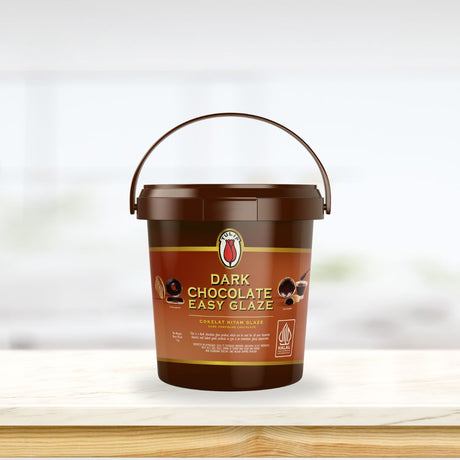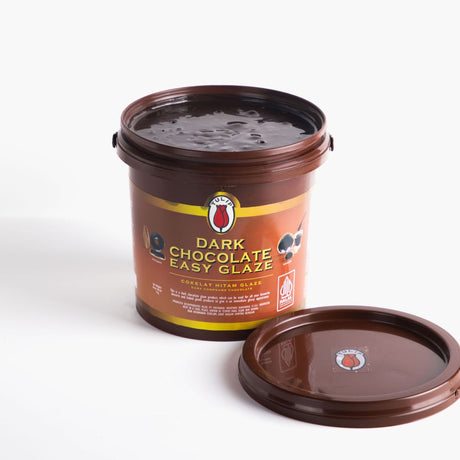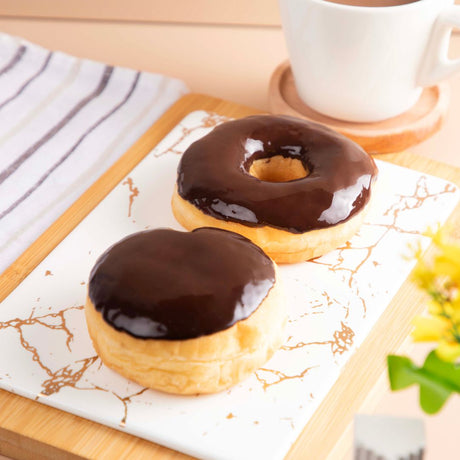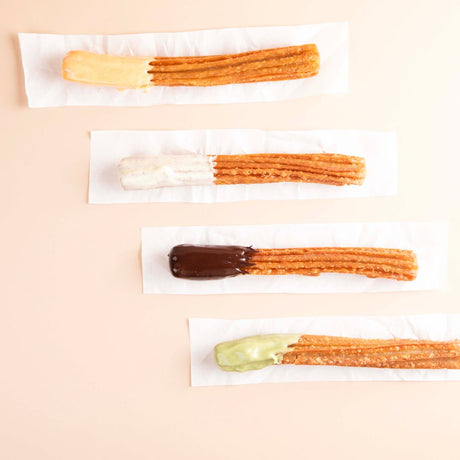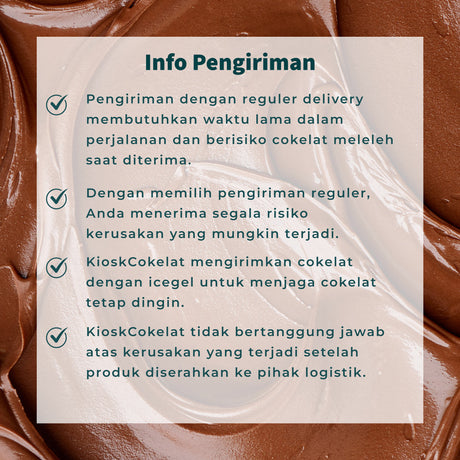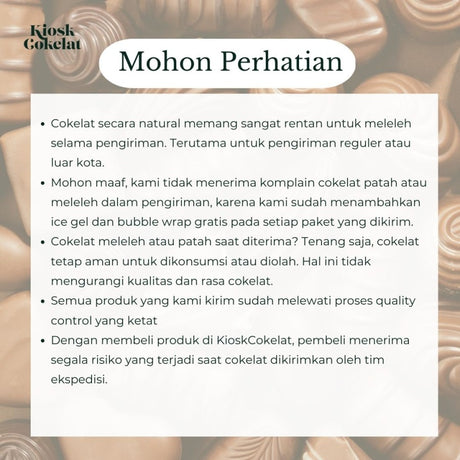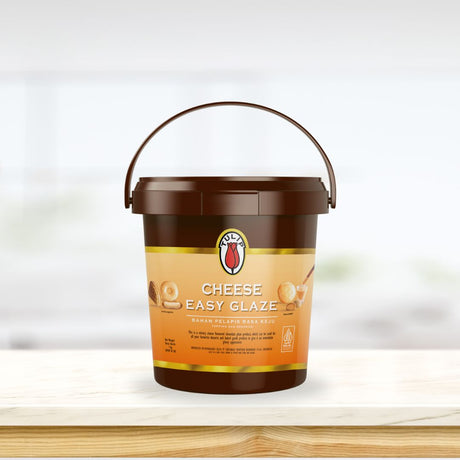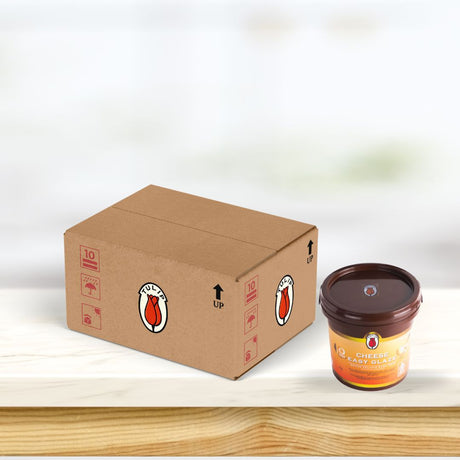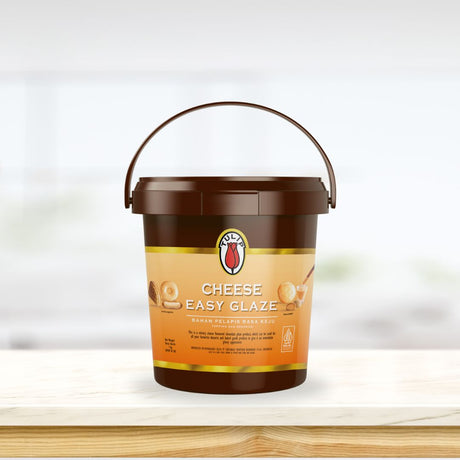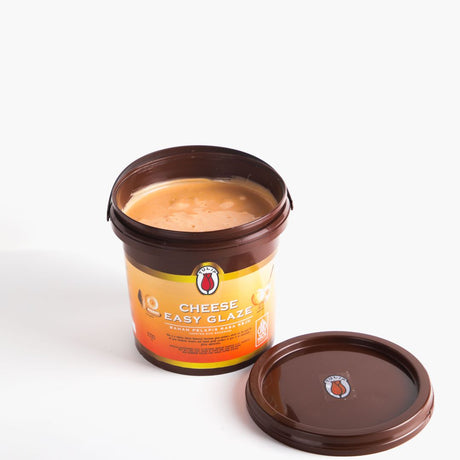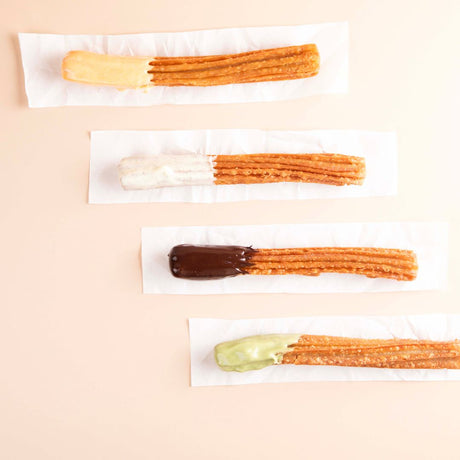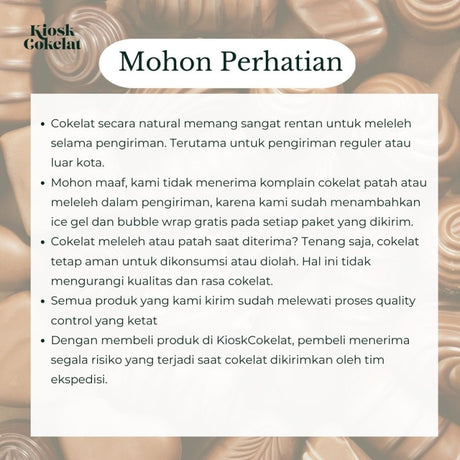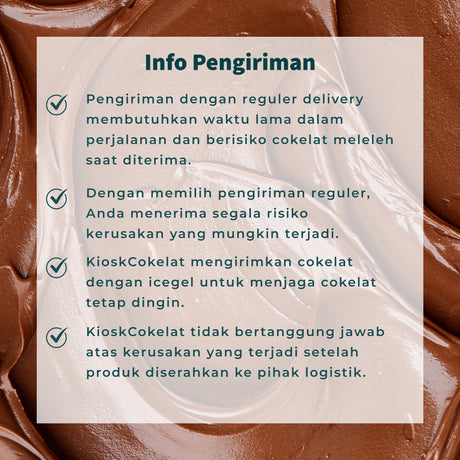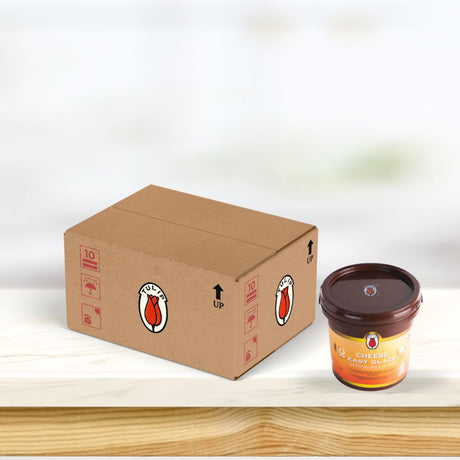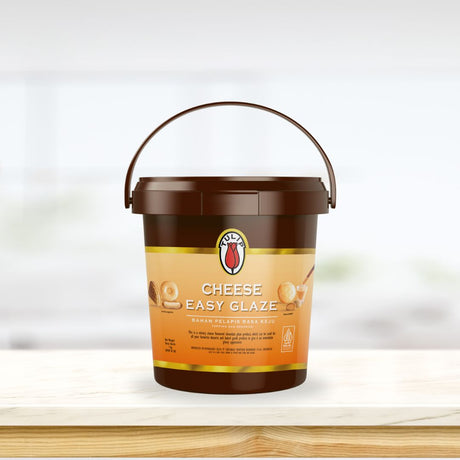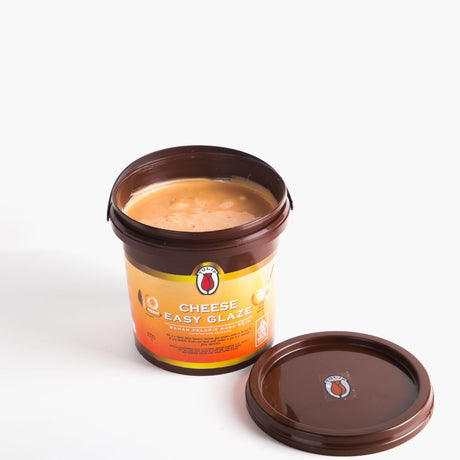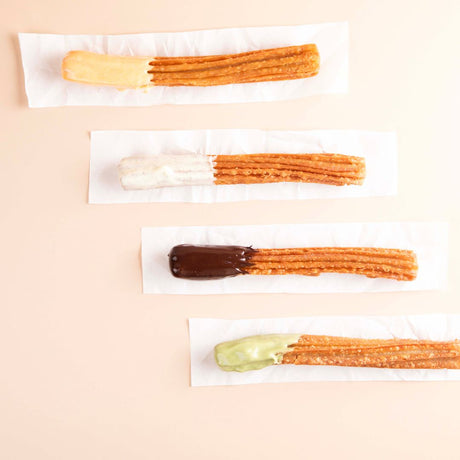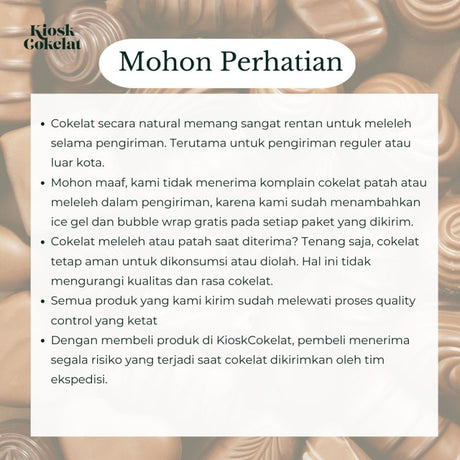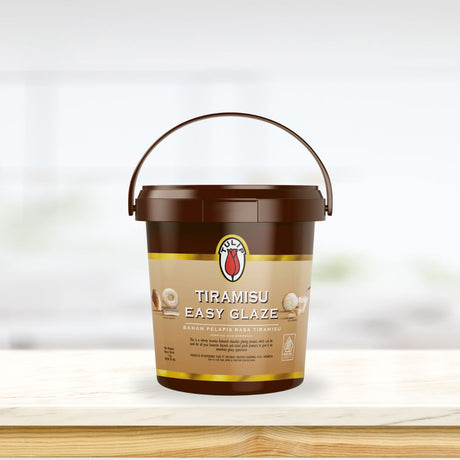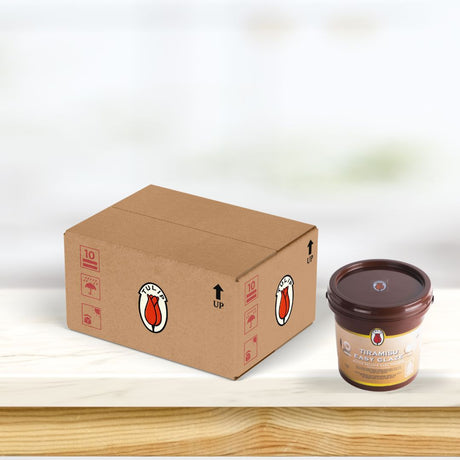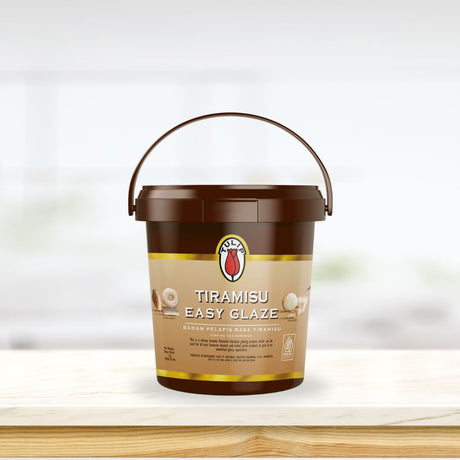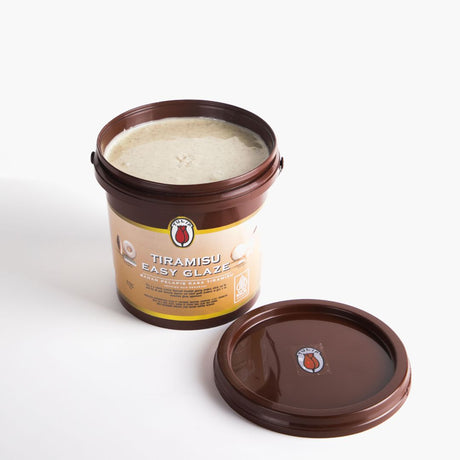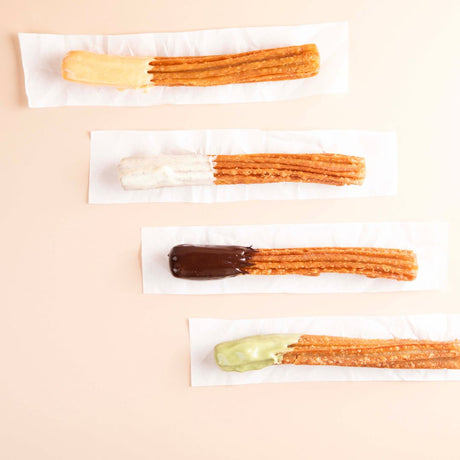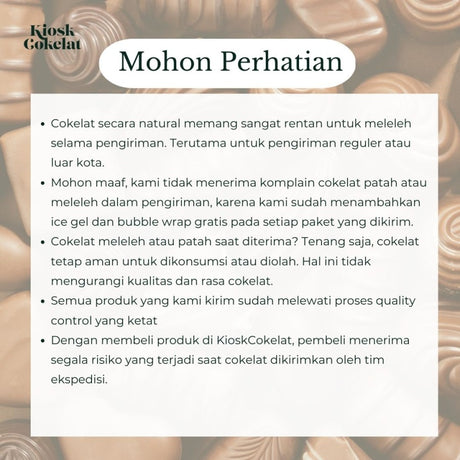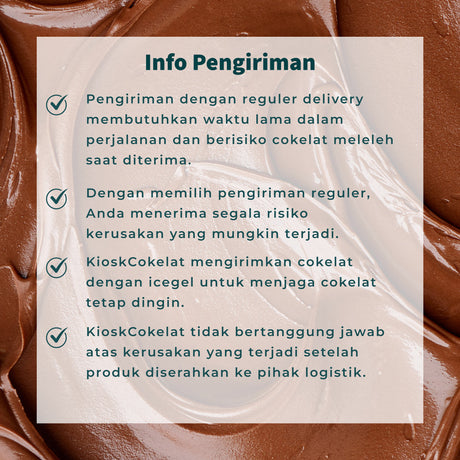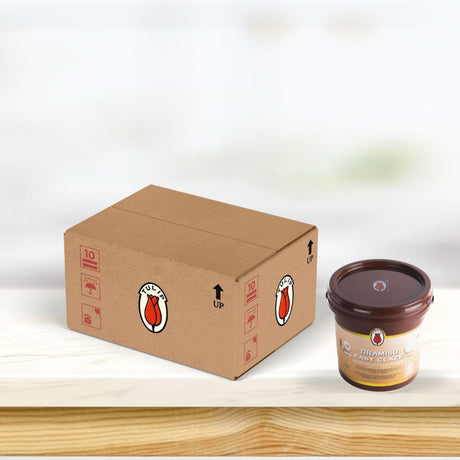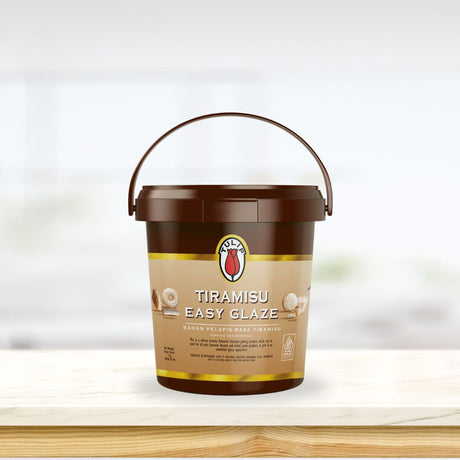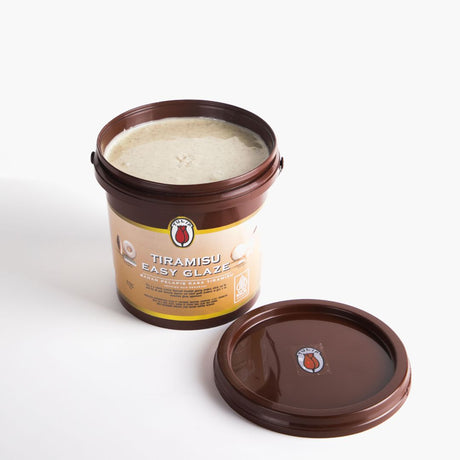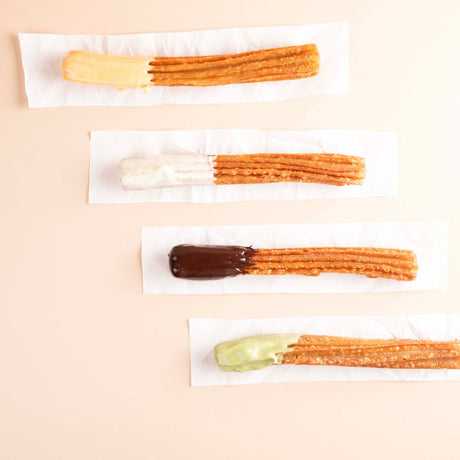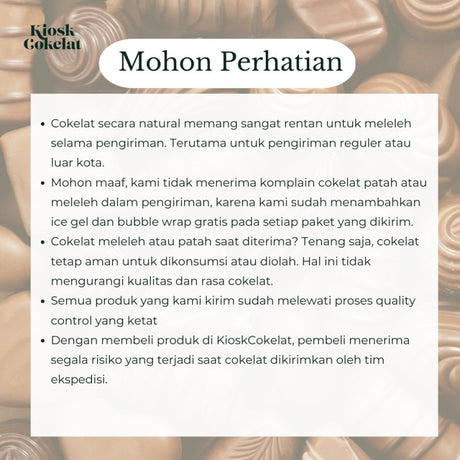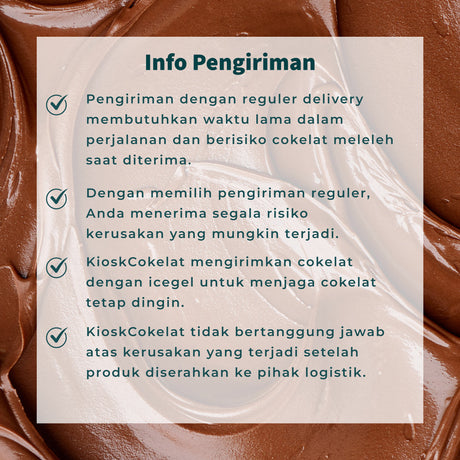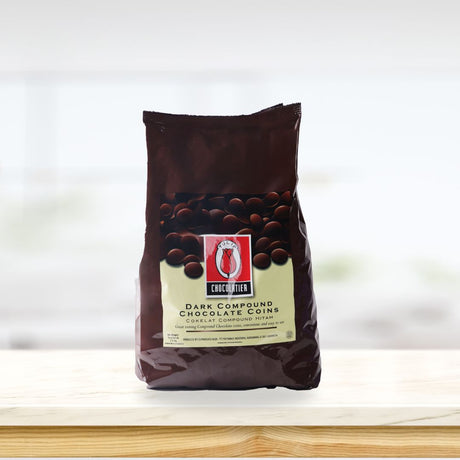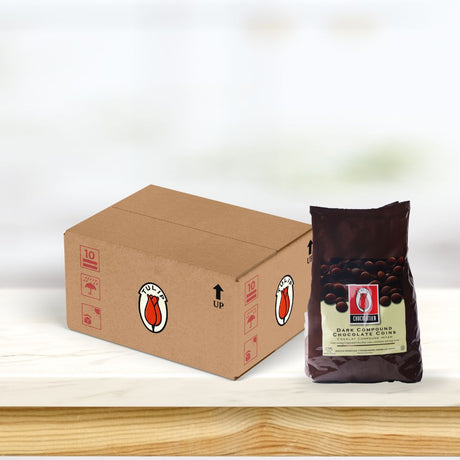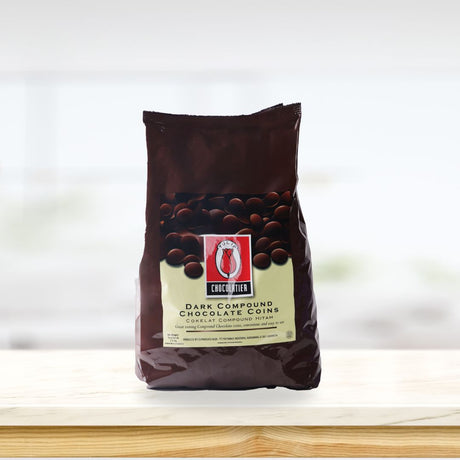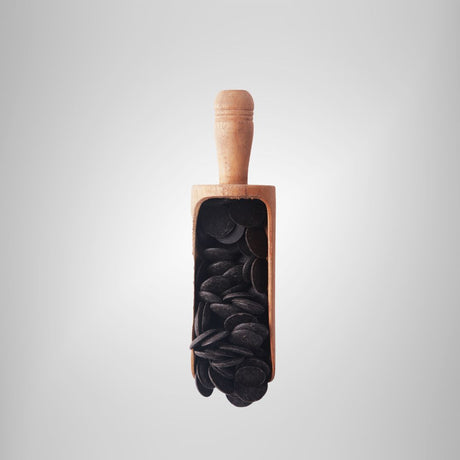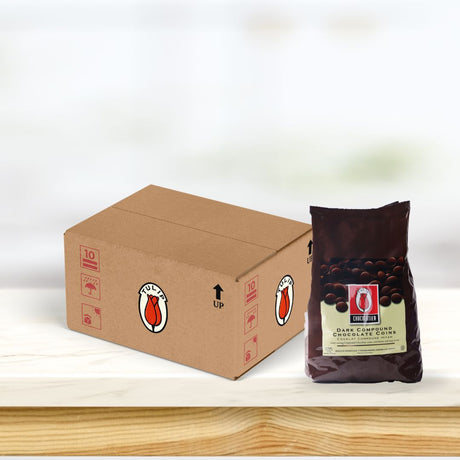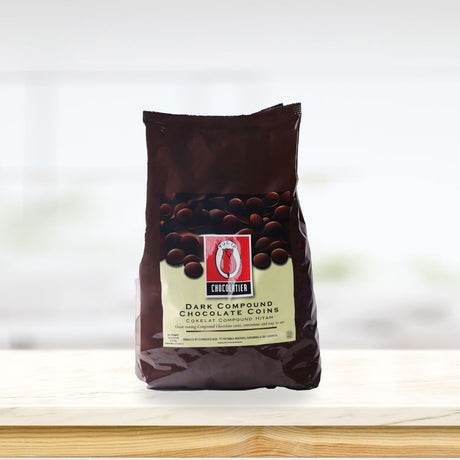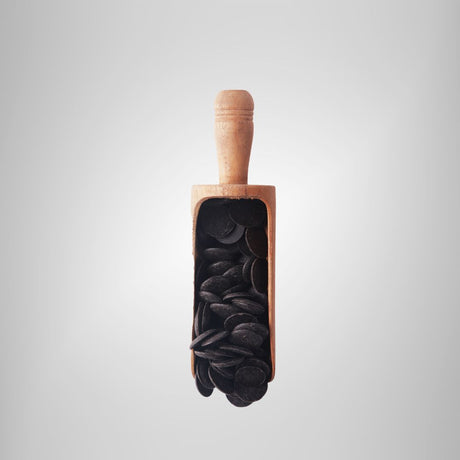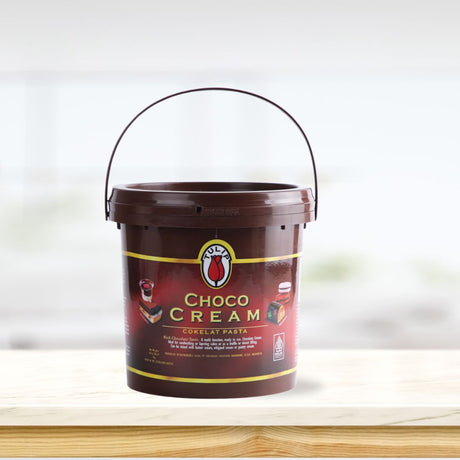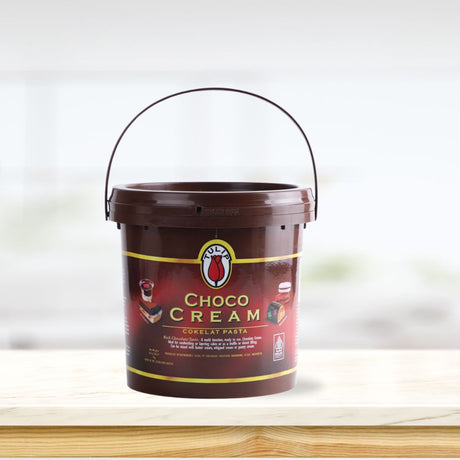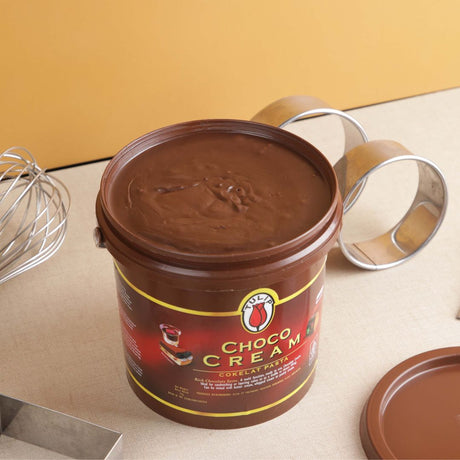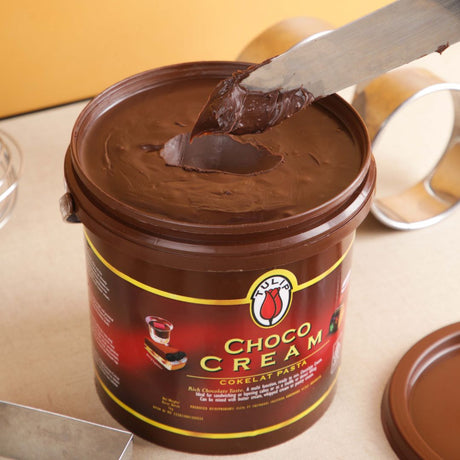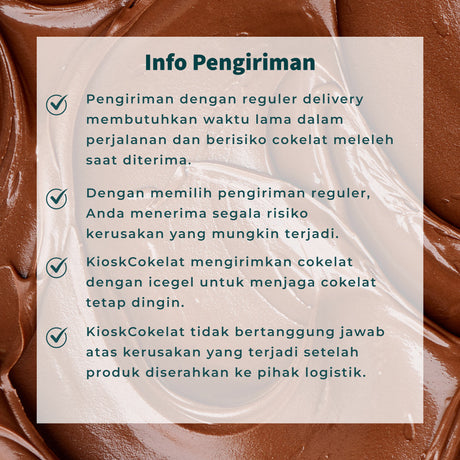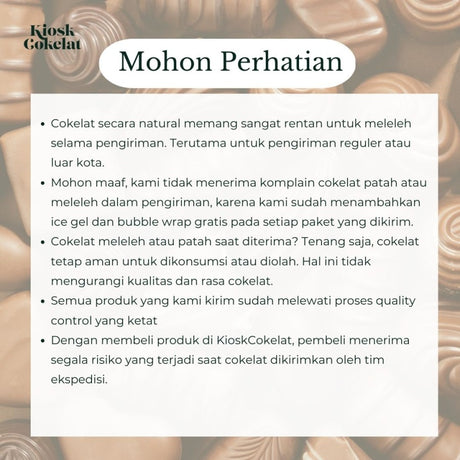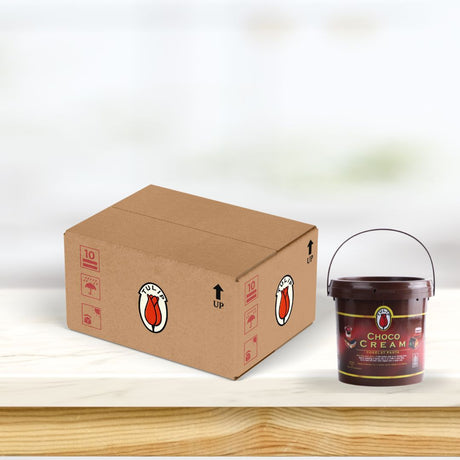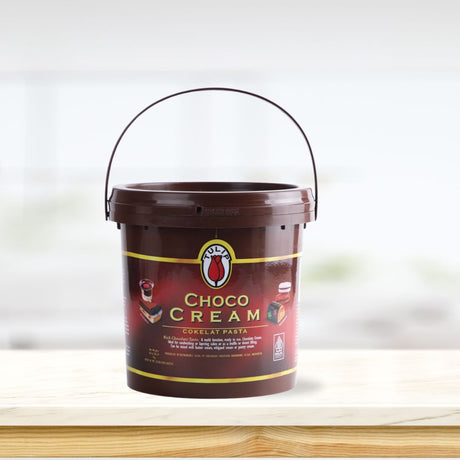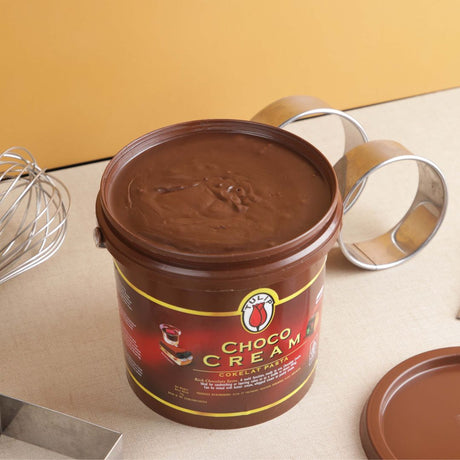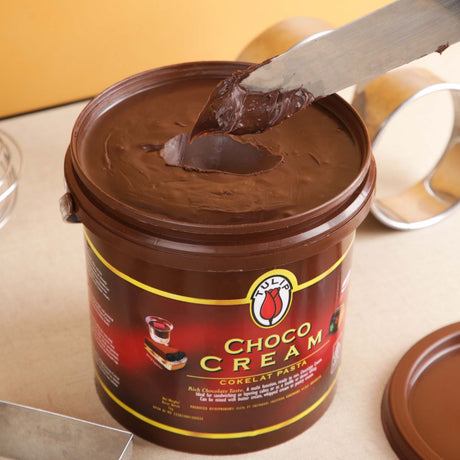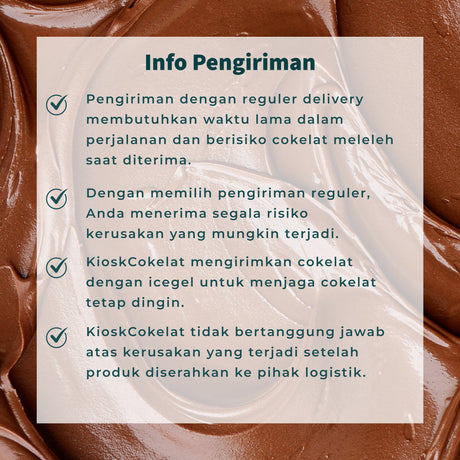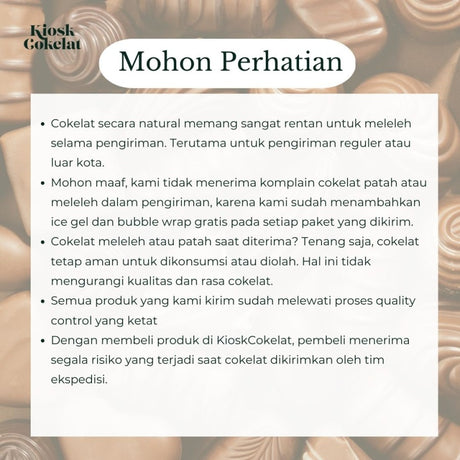FAQ - Tulip
About Our Products
1. What is the difference between couverture and compound chocolate?
1. What is the difference between couverture and compound chocolate?
Couverture
- Does not use cocoa butter and cocoa mass,
- Requires tempering process,
- High price,
- More comfortable on the tongue.
compound
- Using vegetable fats and cocoa powder,
- Does not require tempering process,
- More affordable,
- Several compounds can be used flexibly
2. Are Tulip Chocolate products really safe for pregnant and lactating women?
2. Are Tulip Chocolate products really safe for pregnant and lactating women?
All Tulip Chocolate products use safe raw materials, have been tested for human consumption and carry the highest quality standards. We recommend that pregnant and lactating women consult a doctor before consuming it.
3. Are there any risks in consuming chocolate?
3. Are there any risks in consuming chocolate?
Dogs have an allergy to chocolate. If you find a dog consuming chocolate, seek medical attention immediately.
4. Are your products HALAL certified?
4. Are your products HALAL certified?
All of our products are HALAL certified.
5. Are your products gluten free?
5. Are your products gluten free?
Yes, our products are gluten free.
6. Does your product use palm oil? Is it bad for the environment?
6. Does your product use palm oil? Is it bad for the environment?
Some of our compound and chocolate filling products contain palm oil. However, the palm oil we use is Roundtable on Sustainable Palm Oil (RSPO) certified. In fact, palm oil produces the highest amount of oil per hectare compared to other vegetable fats, reducing the use of agricultural land used to produce vegetable fats. Further information can be seen here .
7. Do Tulip Chocolate products contain trans fats?
7. Do Tulip Chocolate products contain trans fats?
No, every Tulip Chocolate product does not contain trans fats.
8. Do Tulip Chocolate products have kosher certification?
8. Do Tulip Chocolate products have kosher certification?
Yes, Tulip Chocolate has several products with kosher certification. For further information, contact a Tulip representative here
9. Do Tulip Chocolate products contain nuts?
9. Do Tulip Chocolate products contain nuts?
No, Tulip Chocolate manufactures chocolate in a factory that does not process nuts.
10. Does Tulip Chocolate sell cocoa beans and their derivatives?
10. Does Tulip Chocolate sell cocoa beans and their derivatives?
We do not sell cocoa beans or their derivatives except for cocoa powder products under the Tulip brand. For further information, please go to the Chocolate Powder page.
How to Process Our Products
1. How do you store chocolate properly and correctly, before opening and after opening?
1. How do you store chocolate properly and correctly, before opening and after opening?
There are several ways to store chocolate:
- Store in a place or room with a cool and stable temperature, around 18-22 degrees Celsius for soft and solid chocolate and room temperature, 18-26 degrees Celsius for liquid chocolate.
- Low humidity level (RH less than 65 percent).
- Close tightly after use.
- Store chocolate in a place that is not close to other scented items or foods.
- Colored chocolate products are very sensitive to light, so they need maximum protection.
- Avoid or limit chocolate buildup.
2. Why does couverture chocolate often show white spots?
2. Why does couverture chocolate often show white spots?
White spots indicate the chocolate has experienced fat bloom or sugar bloom .
Fat bloom is a condition where the cocoa fat contained in chocolate separates from the other ingredients. This can happen because couverture does not go through the correct tempering process, careless storage and changes in temperature.
When couverture is stored at temperatures above 27 degrees, there is always a risk of fat bloom .
Meanwhile, sugar bloom occurs because the sugar content in chocolate experiences crystallization due to condensation. Fat bloom does not only occur in couverture , but also compound .
3. What is meant by tempering? And why does couverture have to undergo a tempering process before being processed further?
3. What is meant by tempering? And why does couverture have to undergo a tempering process before being processed further?
Tempering is the process of heating and cooling so that the chocolate gets a smooth, shiny surface and feels crunchy when broken. By tempering , you can reduce the risk of fat bloom occurring in the chocolate being processed.
Tempering is mandatory for chocolate that contains cocoa butter such as couverture . Meanwhile, compound chocolate does not require tempering .
4. Can couverture that has thickened after melting be reused?
4. Can couverture that has thickened after melting be reused?
Can. All the thickened chocolate can be used again by carrying out the tempering process again.
5. Why is chocolate often difficult to remove from the mold during the praline application process?
5. Why is chocolate often difficult to remove from the mold during the praline application process?
There are several reasons why couverture is often difficult to remove from the mold during the praline process.
The first is chocolate that does not go through a tempering process. If this happens, the chocolate will not harden and will instead stick firmly to the mold.
However, this can also happen because the chocolate cooling procedure is too short. So, the chocolate doesn't harden.
6. What is fat content?
6. What is fat content?
Fat content is the amount of cocoa fat contained in couverture products and vegetable fat contained in the compound . We do not use animal fats, trans fats and all our products are halal certified.
7. How to make the right compound chocolate?
7. How to make the right compound chocolate?
To melt chocolate coins, you simply put some chocolate in a stainless steel bowl. Heat in the microwave for 30 seconds. Stir using a spoon until the chocolate is completely melted.
Meanwhile, to melt a block of chocolate, you have to cut several pieces of chocolate about 1 centimeter in size and put them in the microwave for 30 seconds. Stir the chocolate evenly until it melts. You can re-melt the remaining portion several times.
